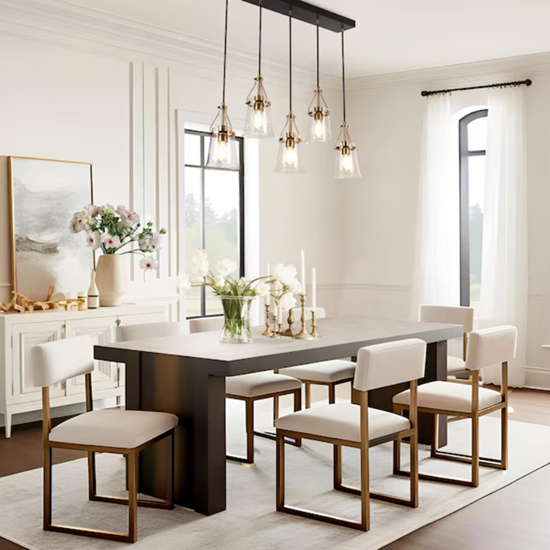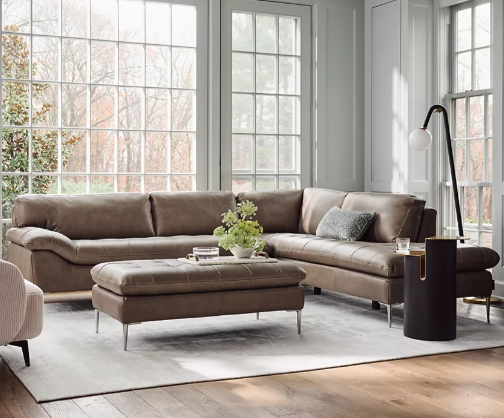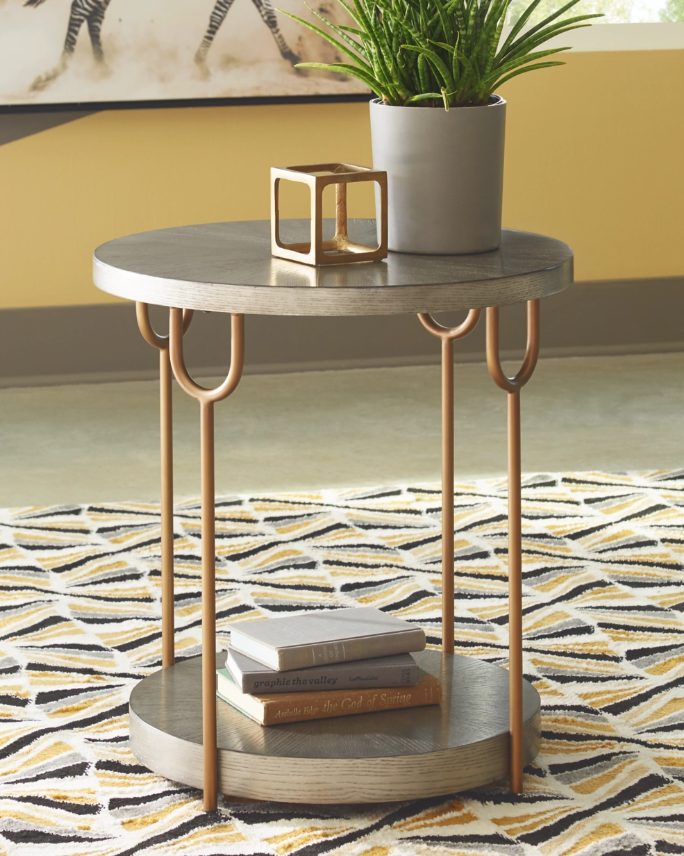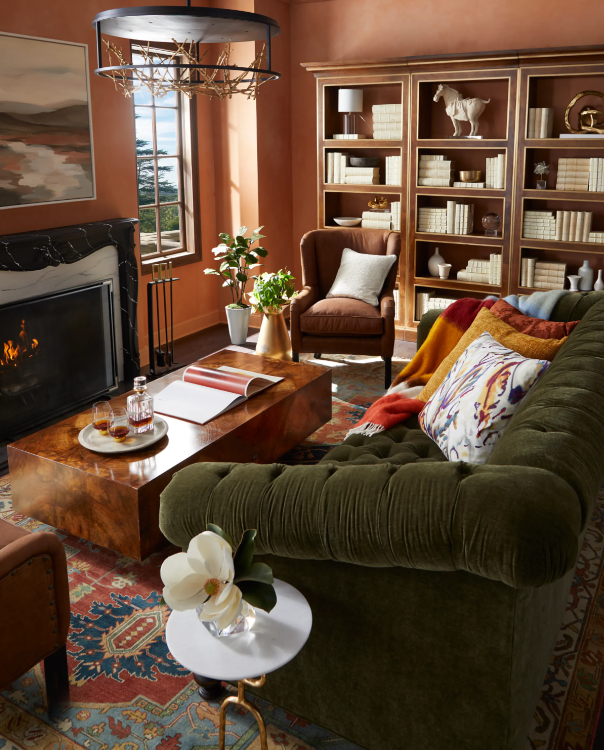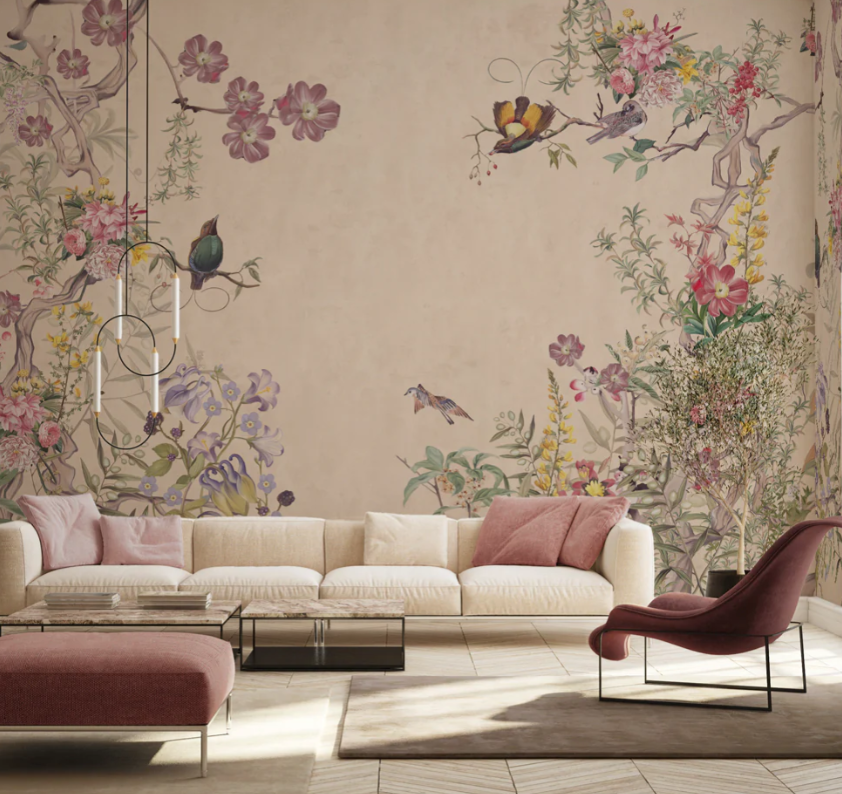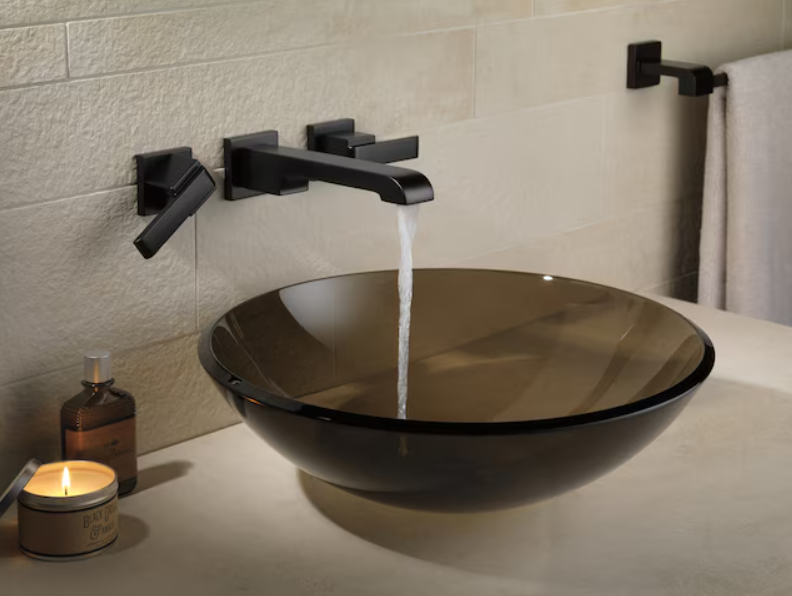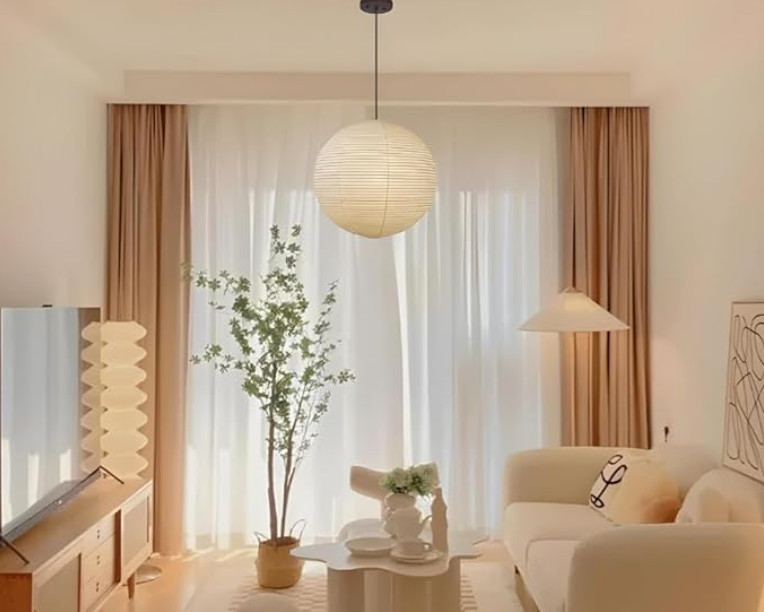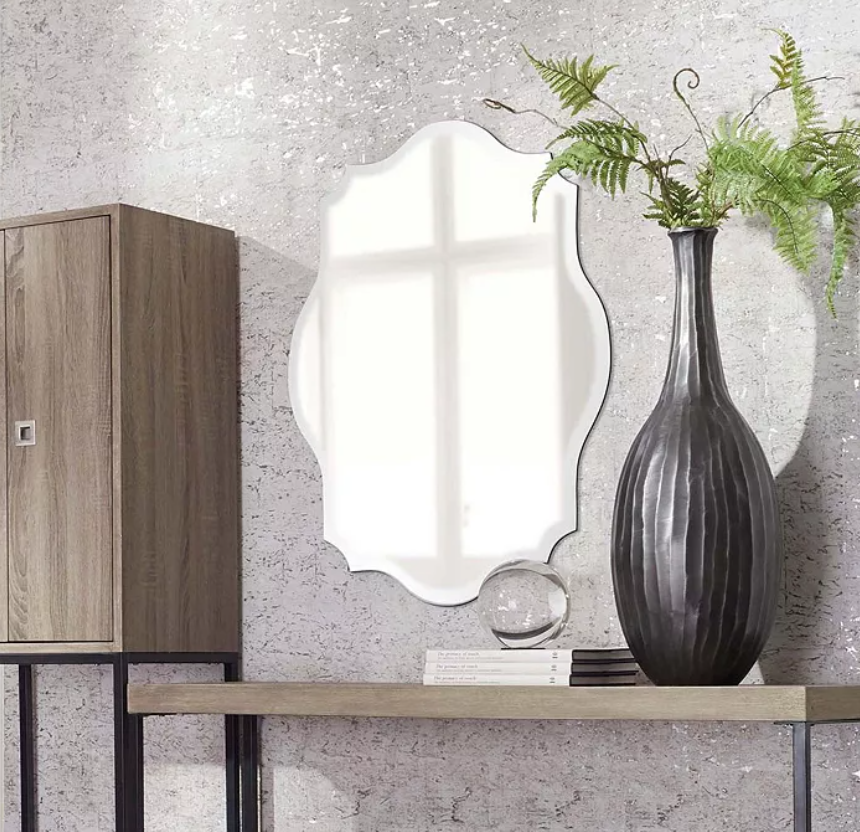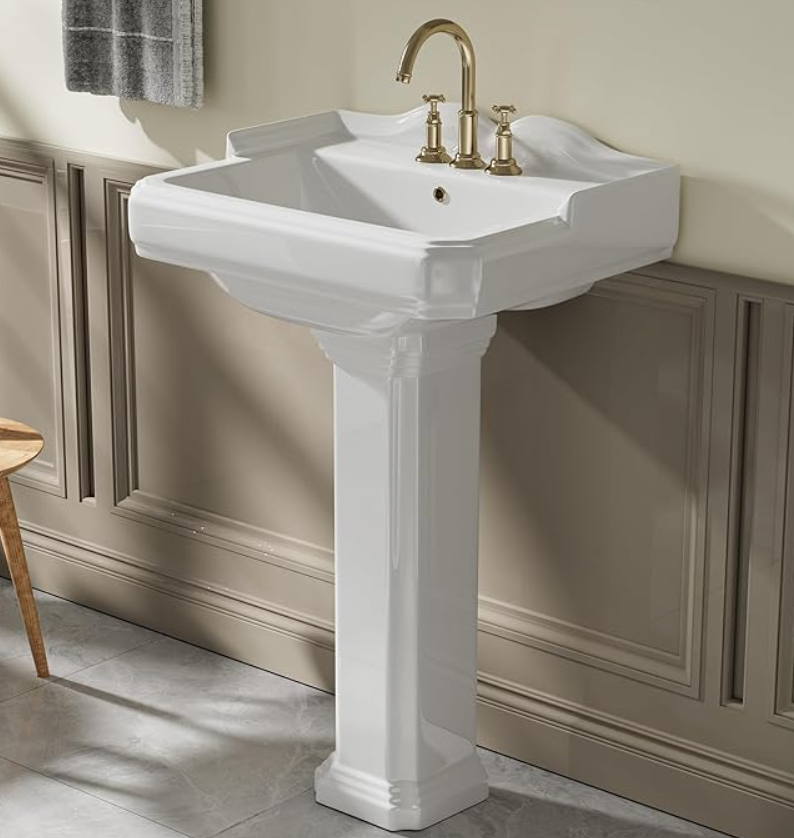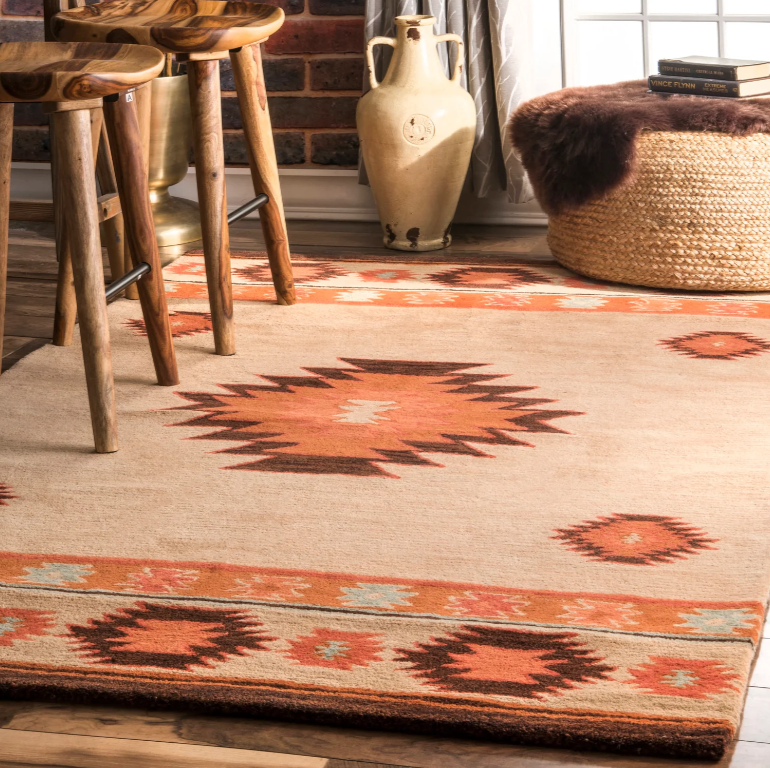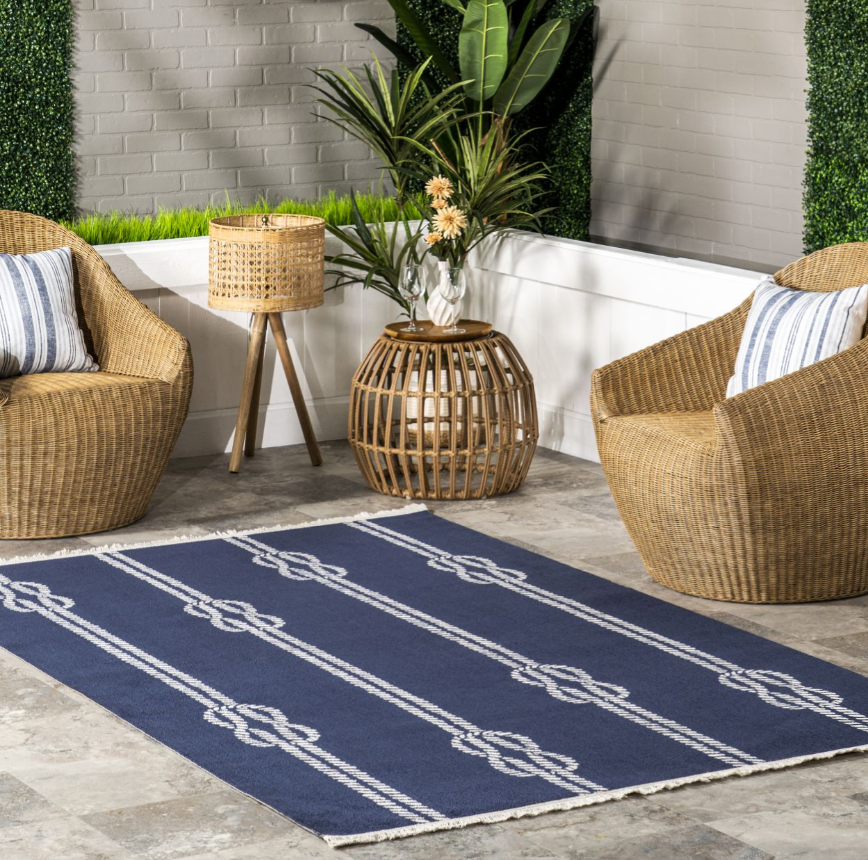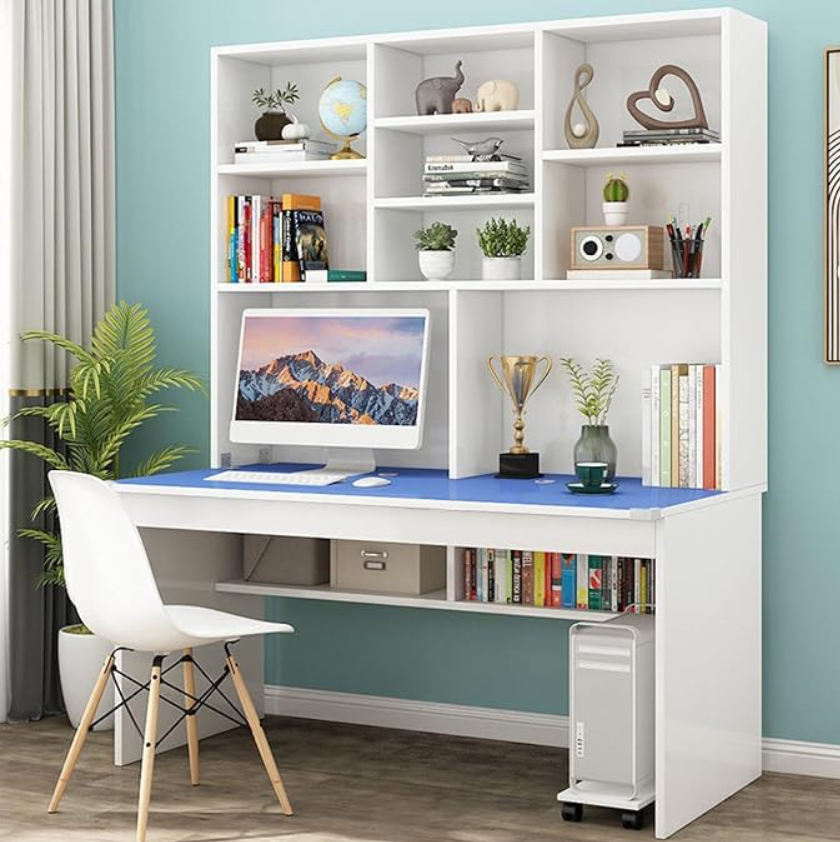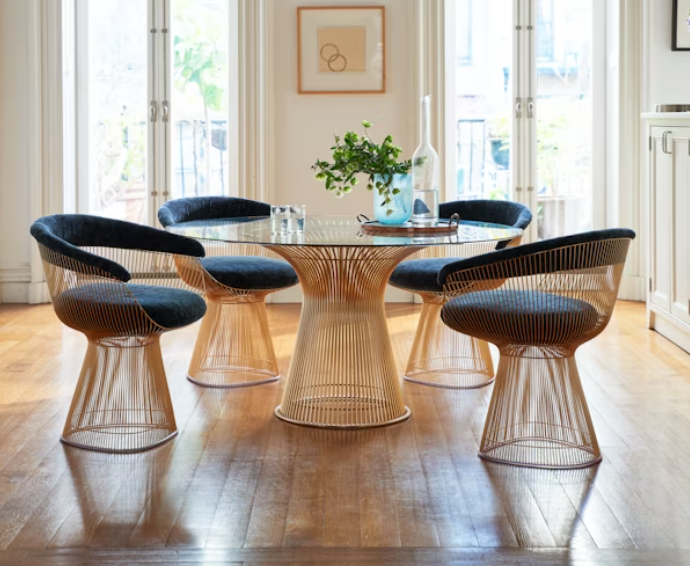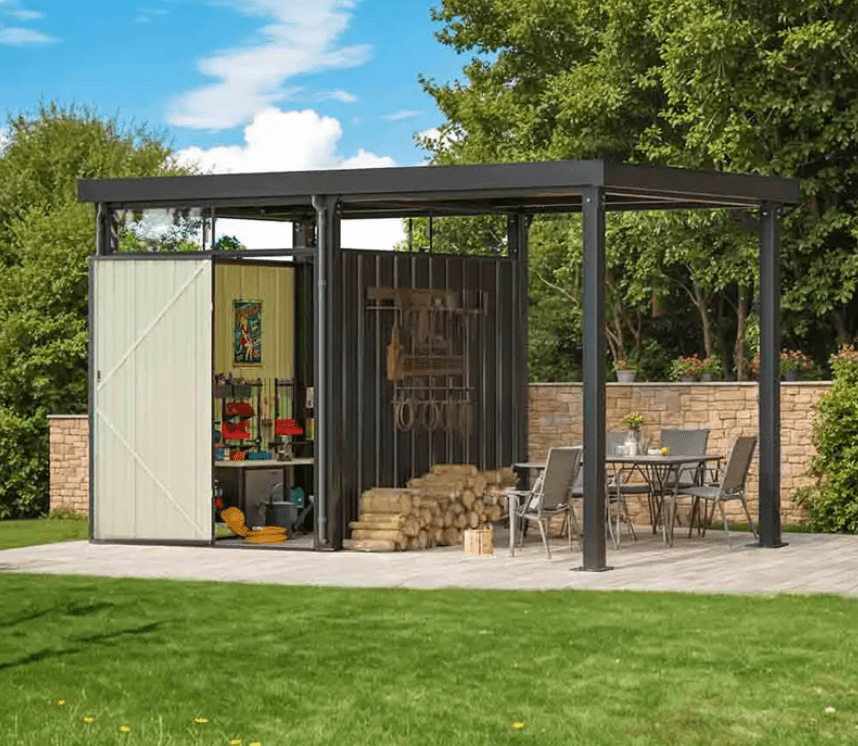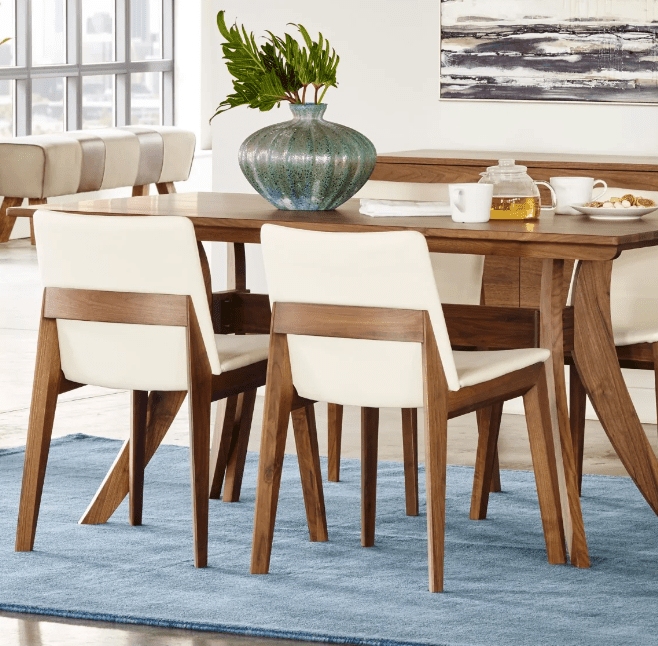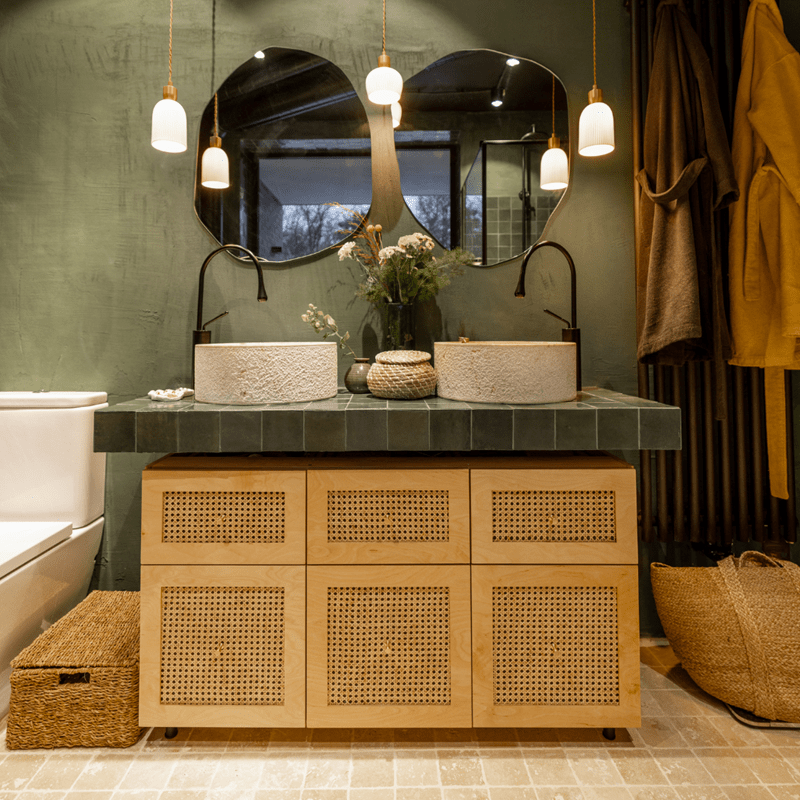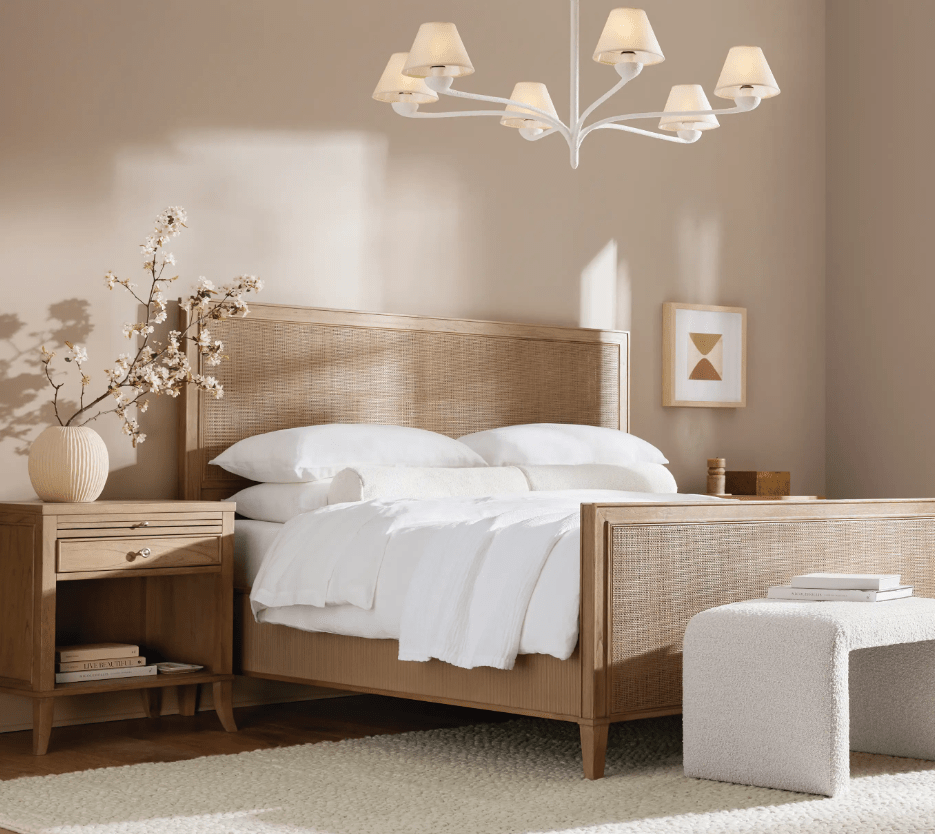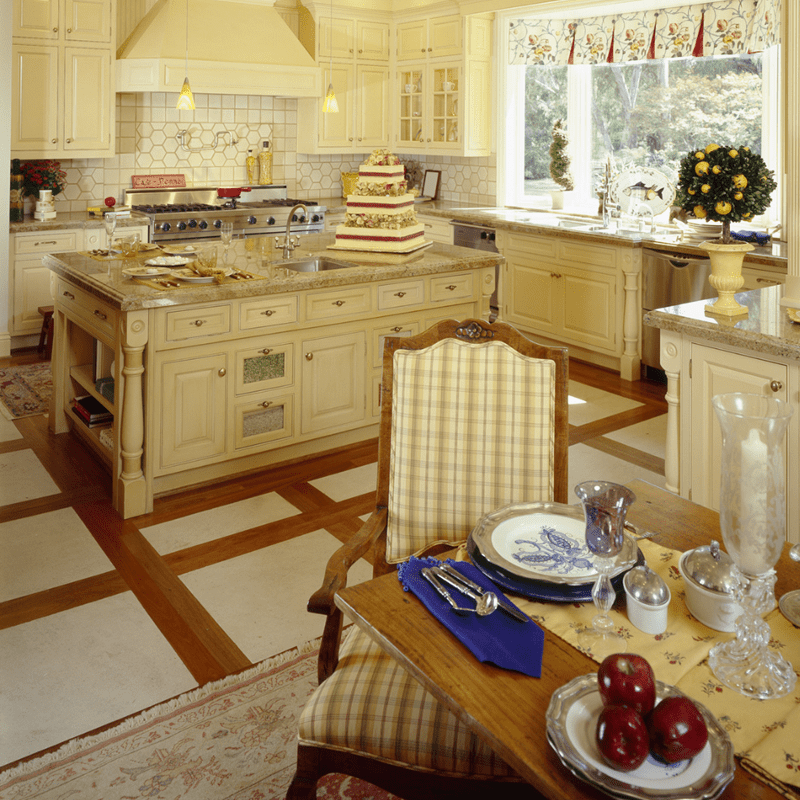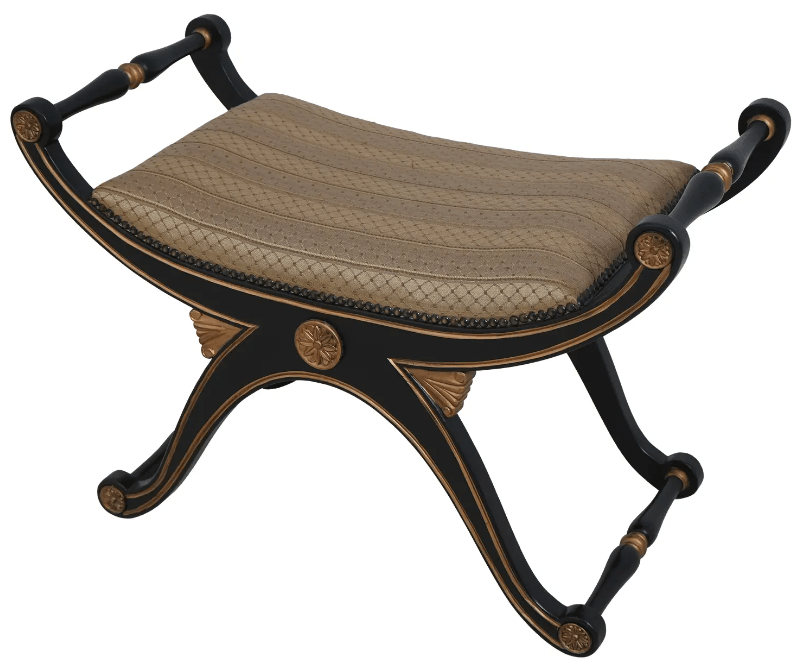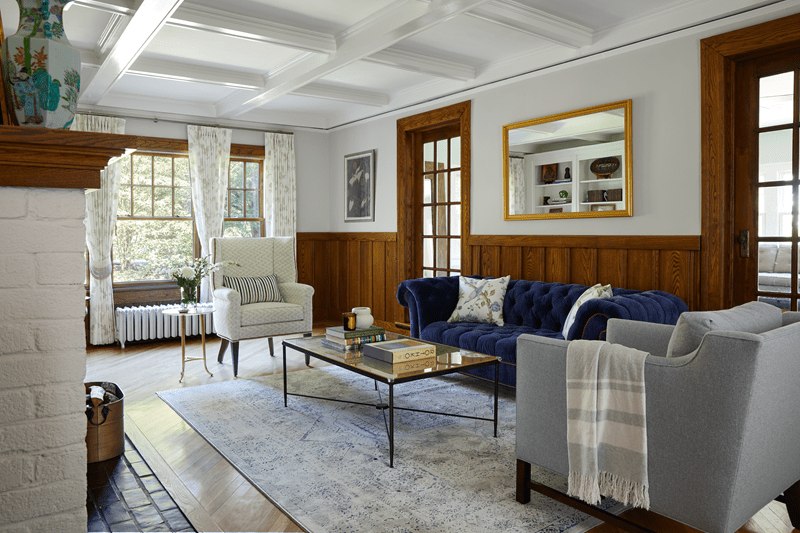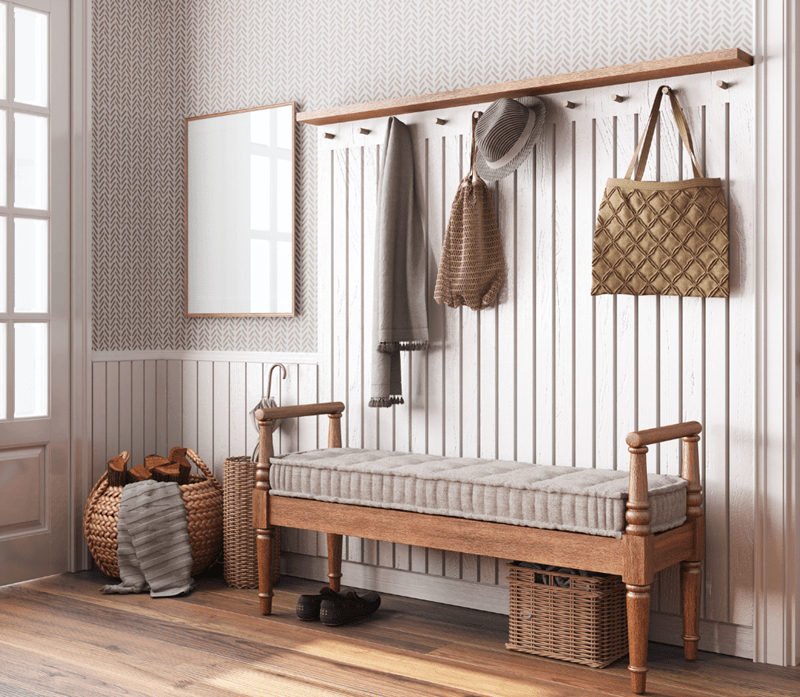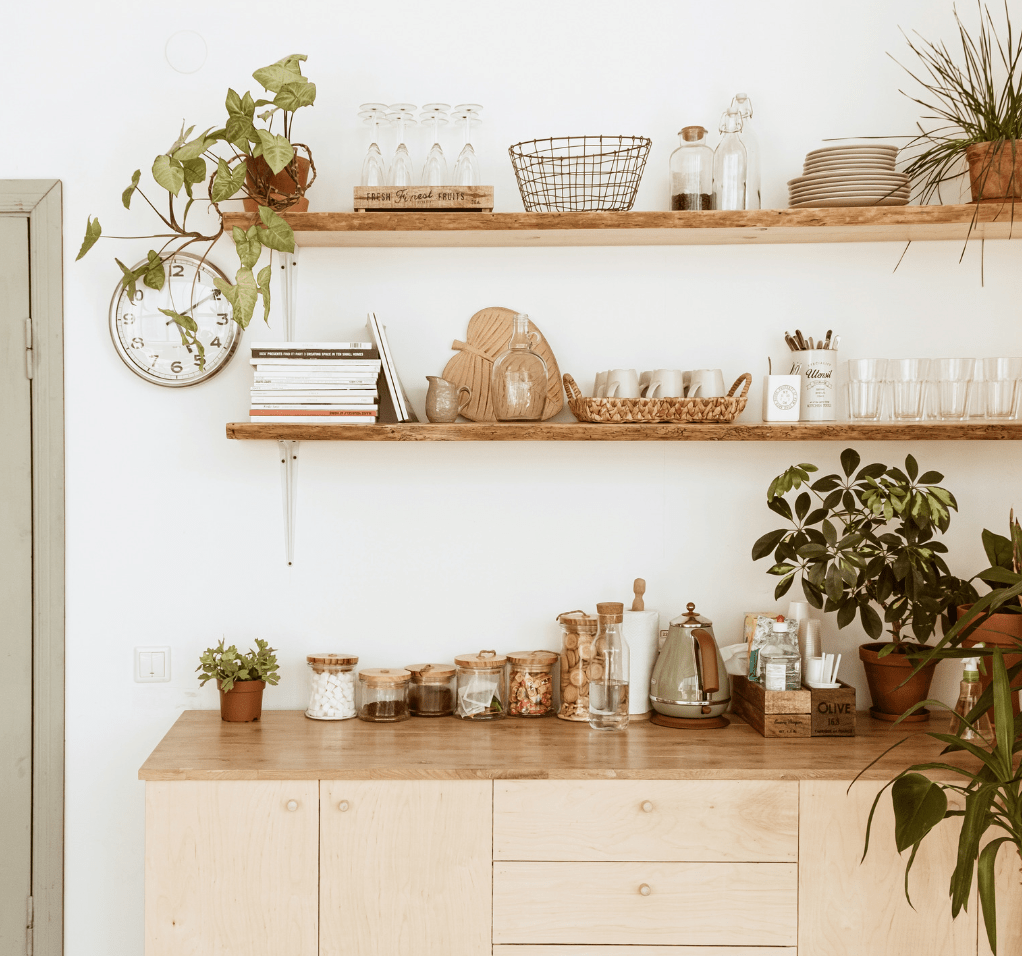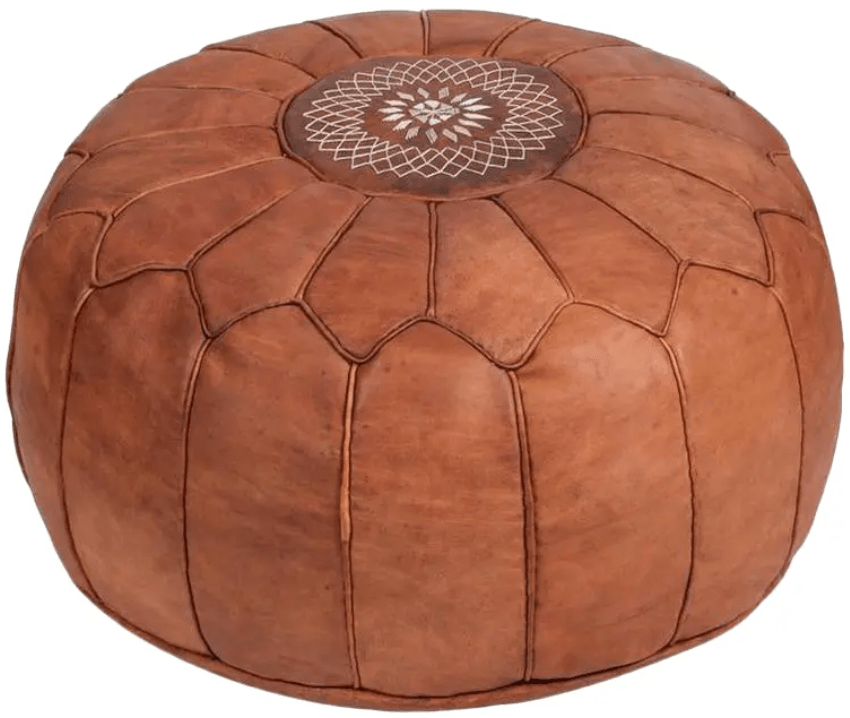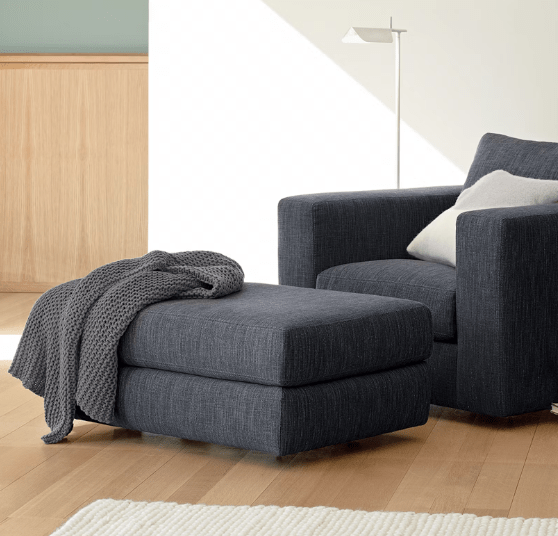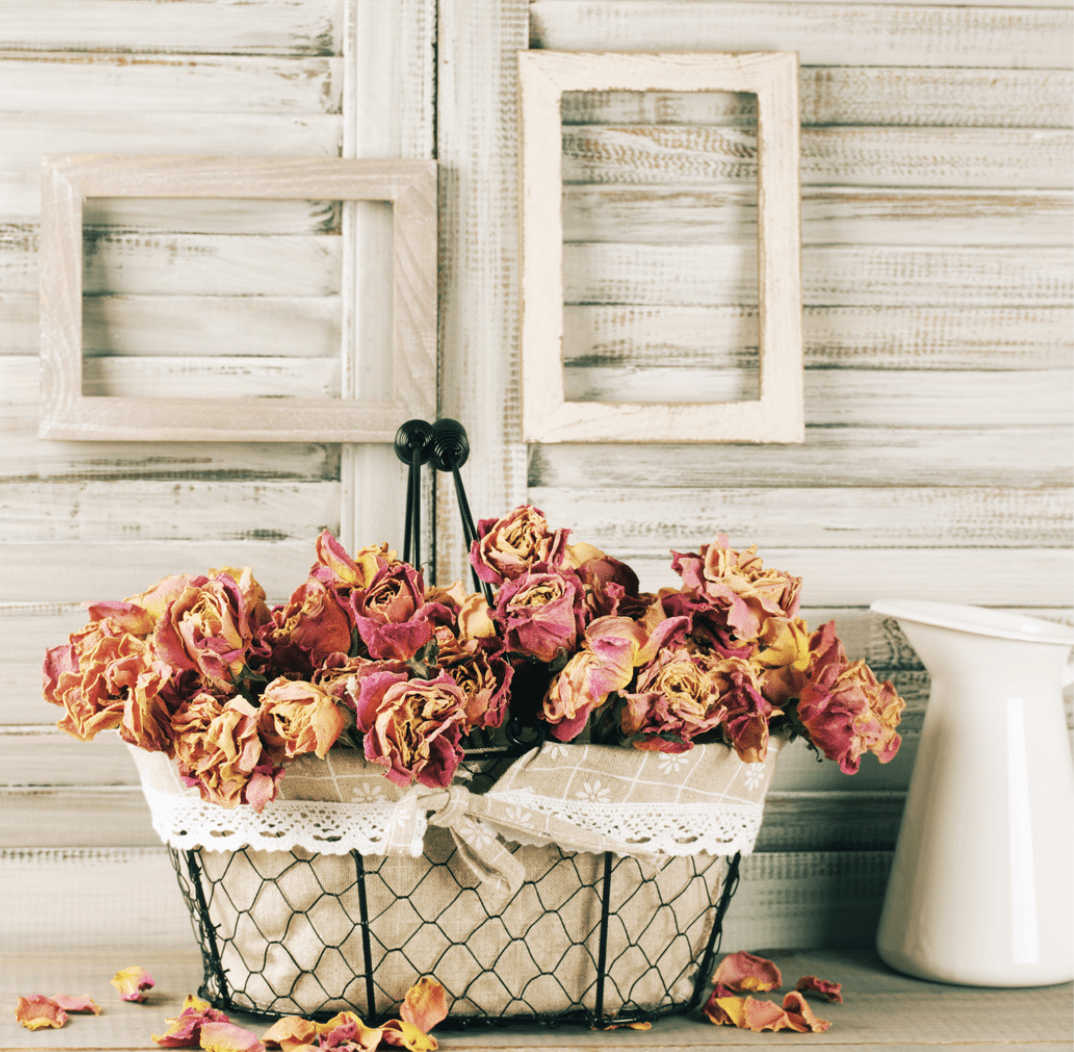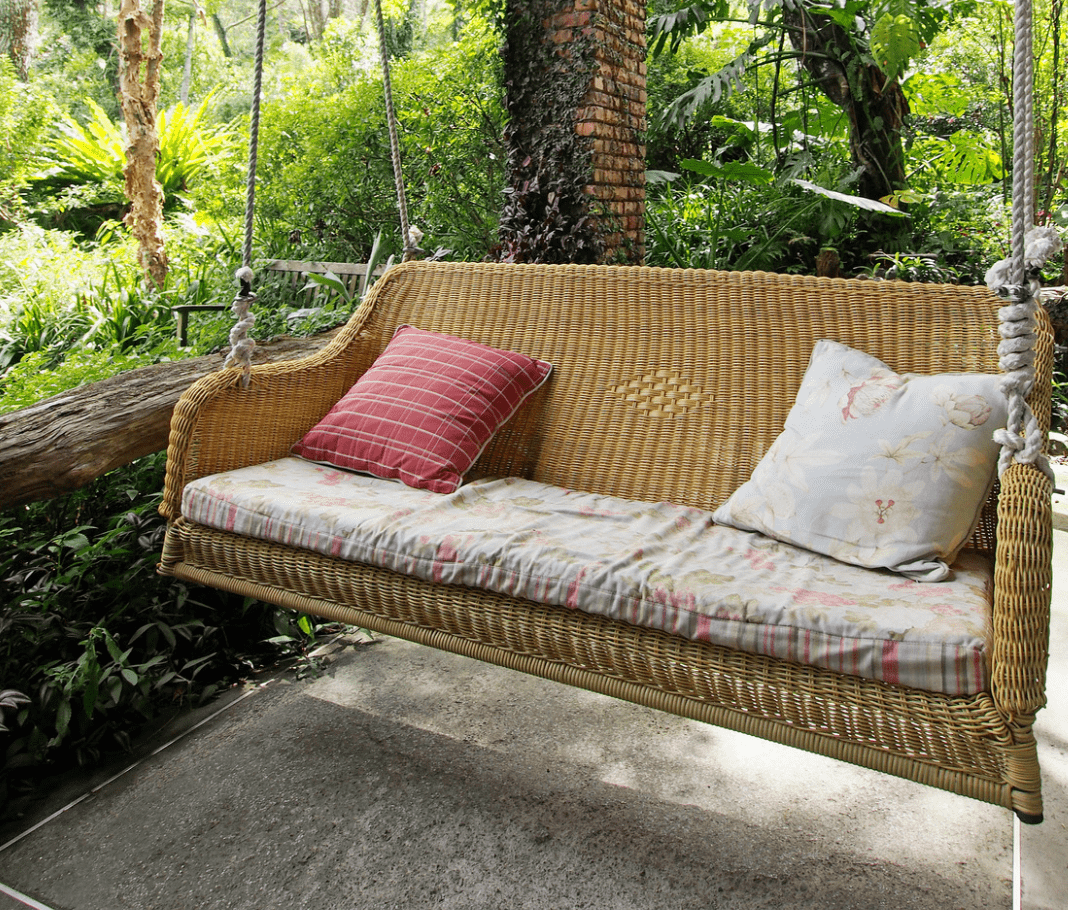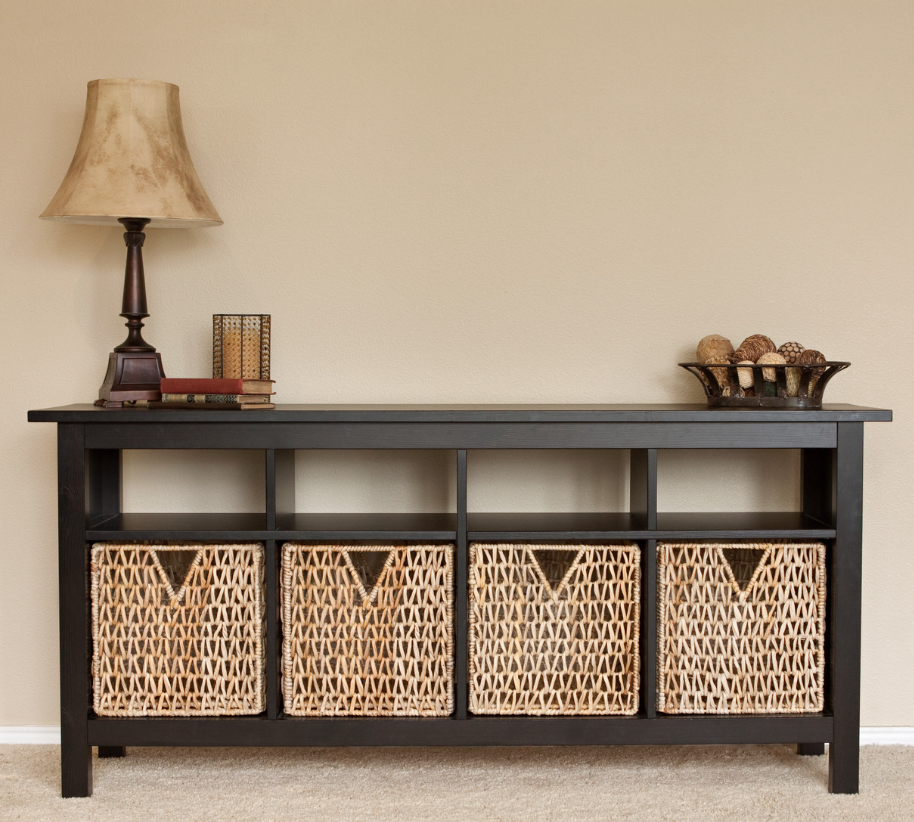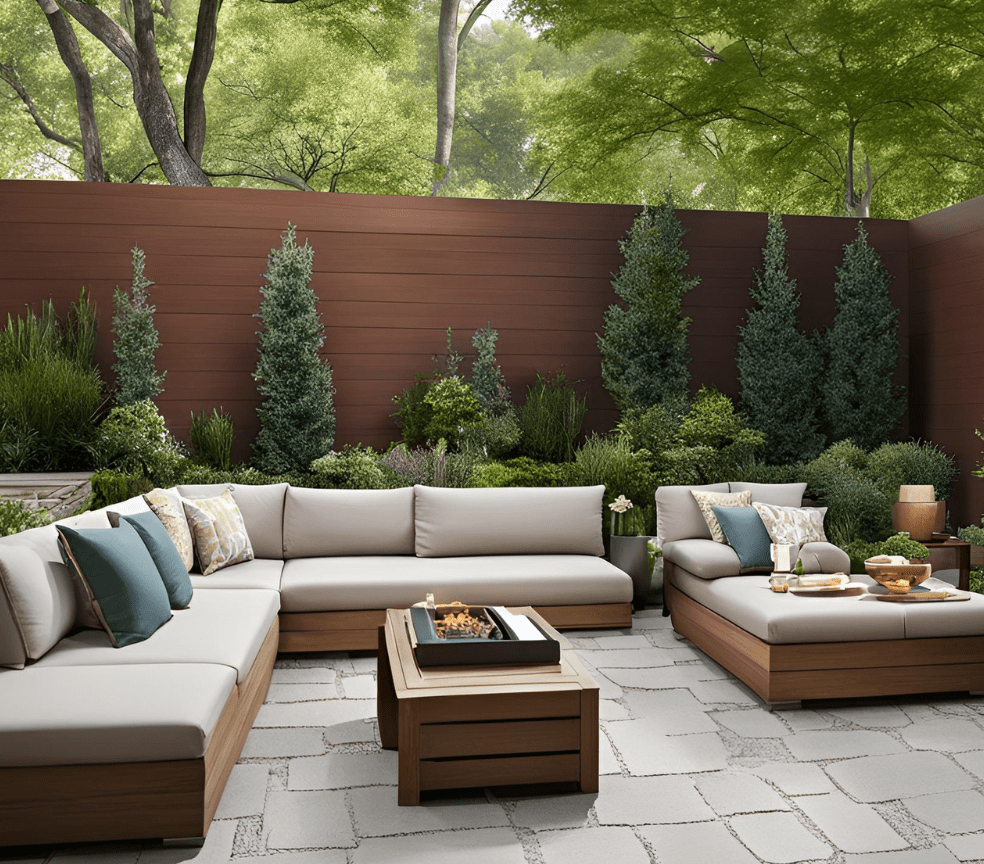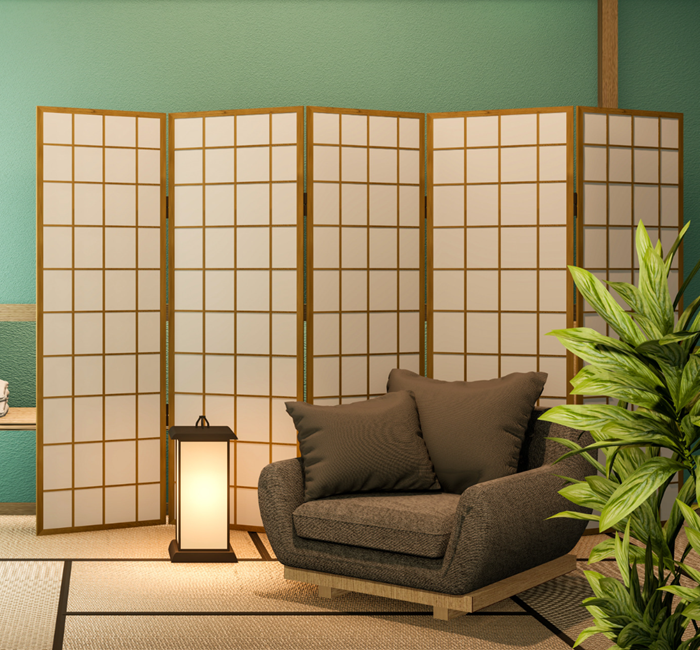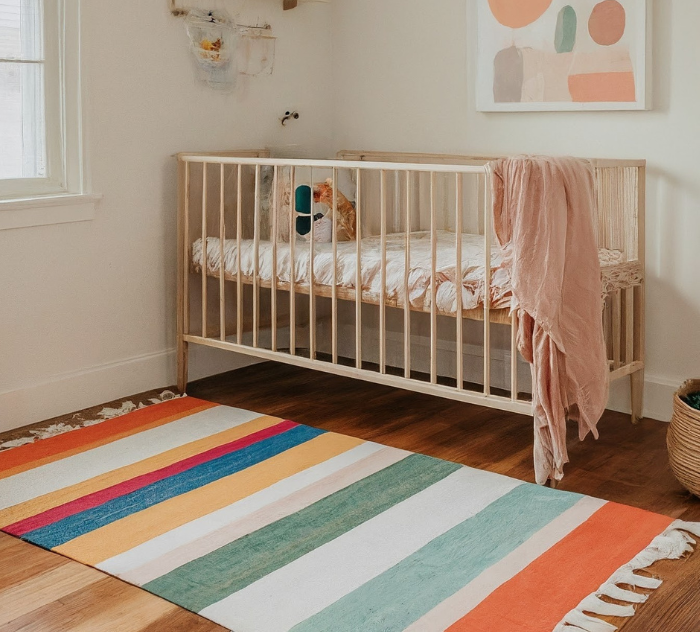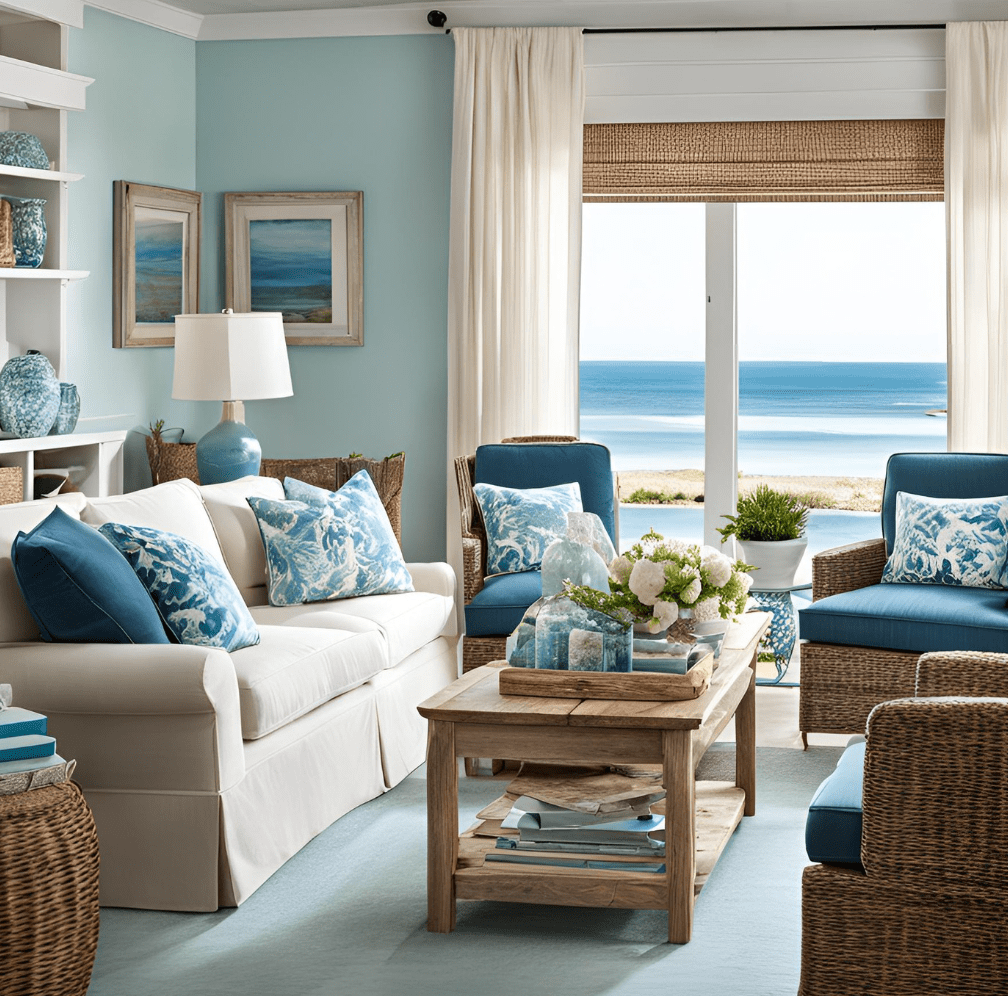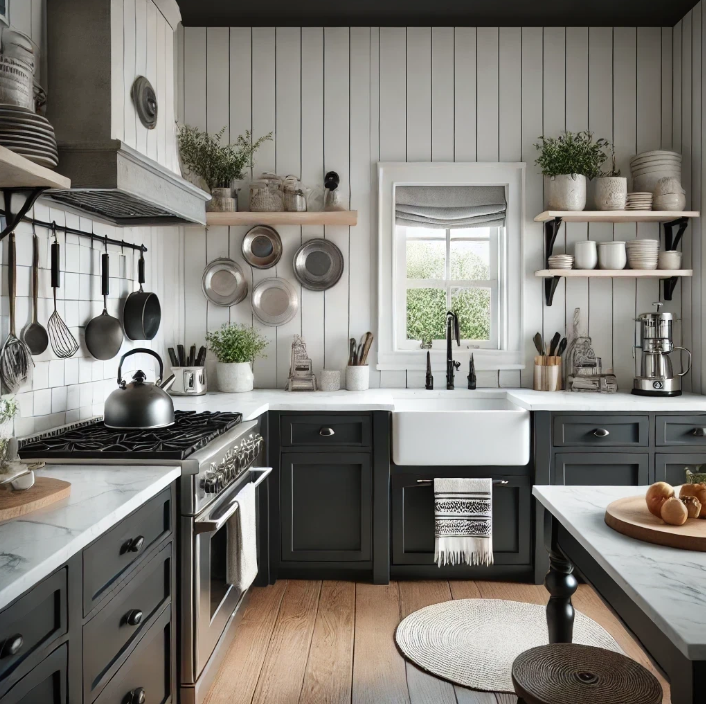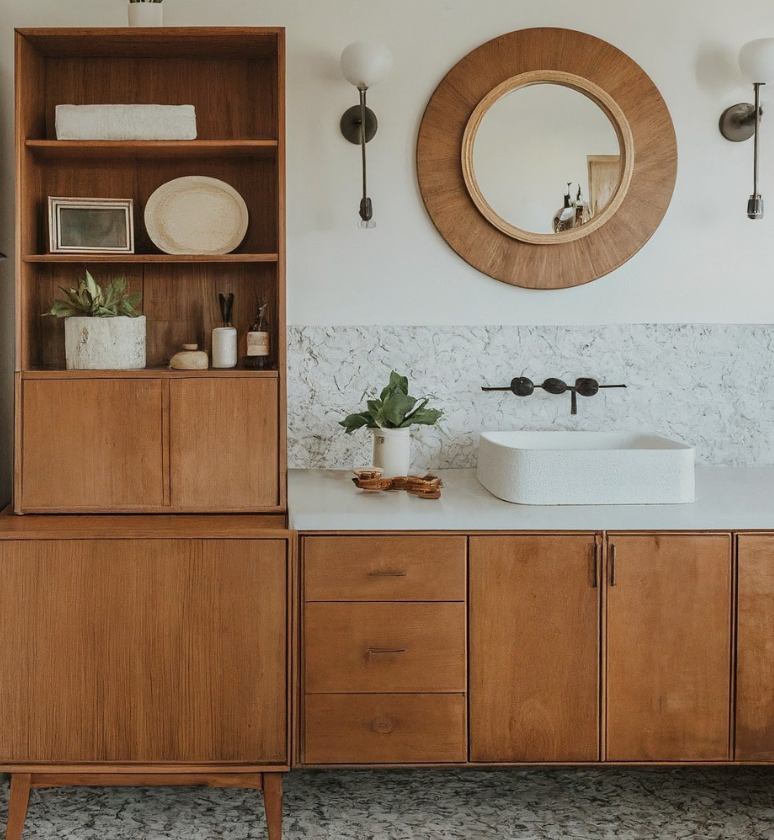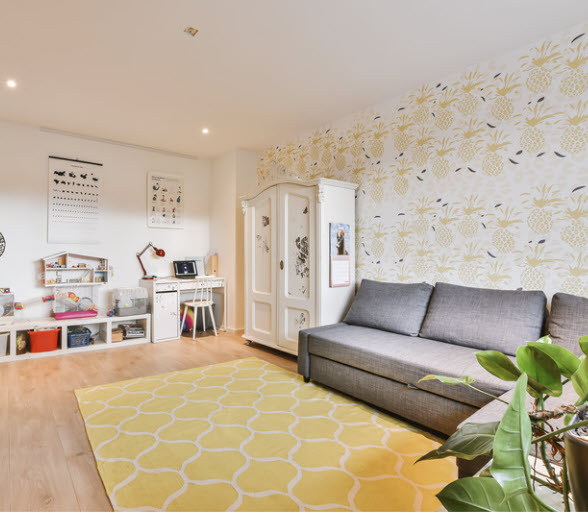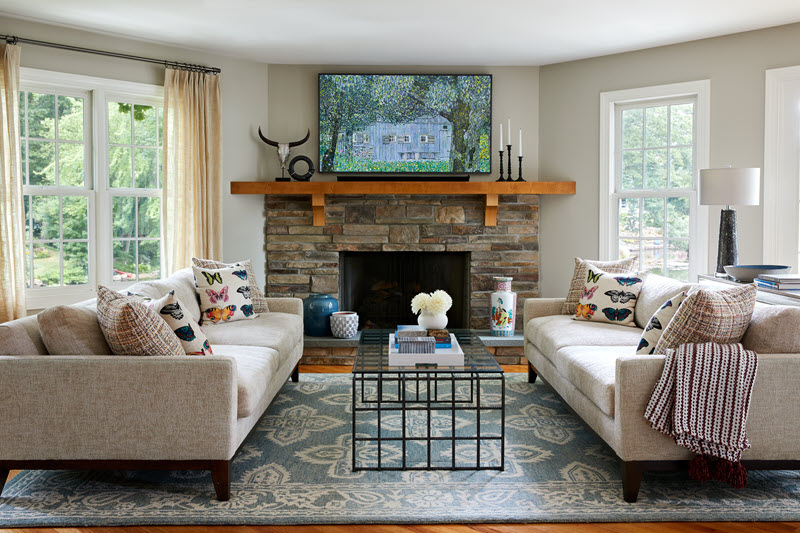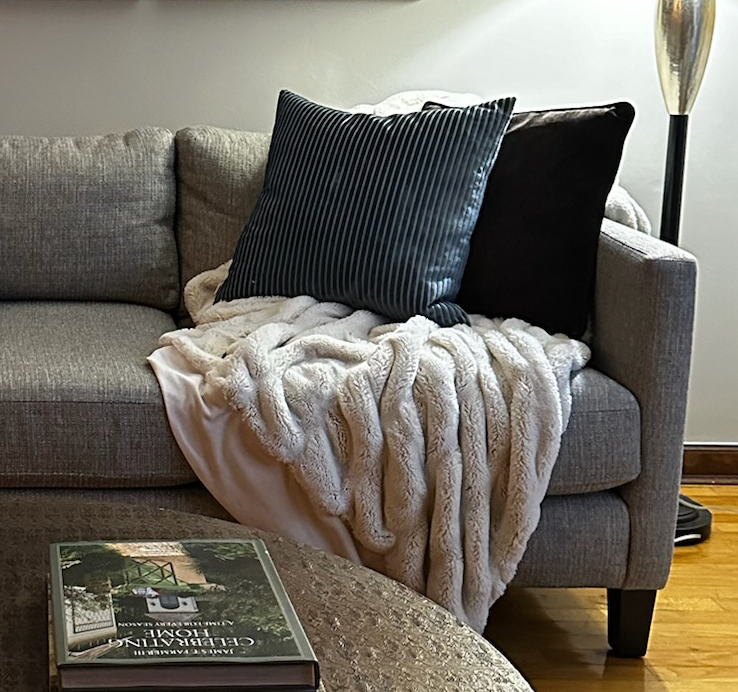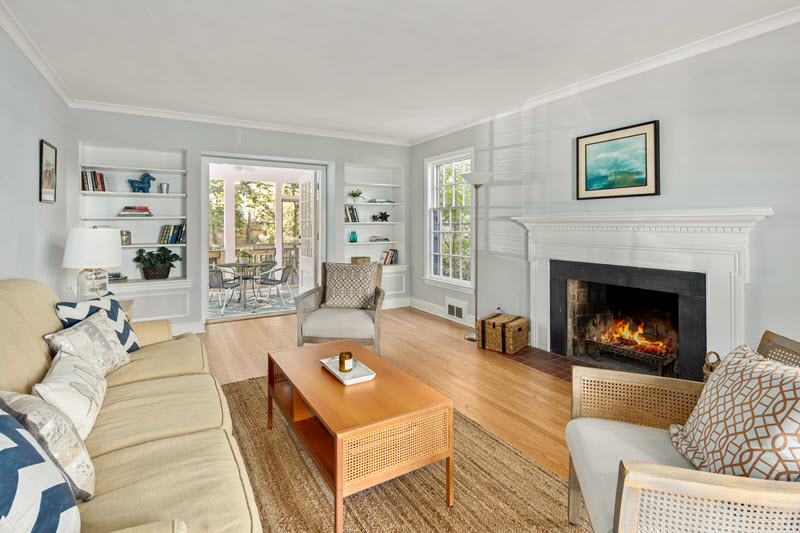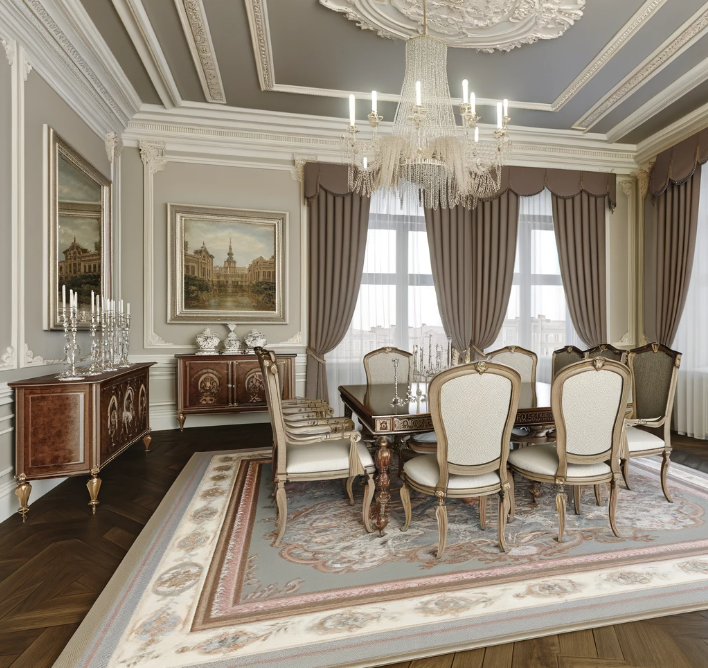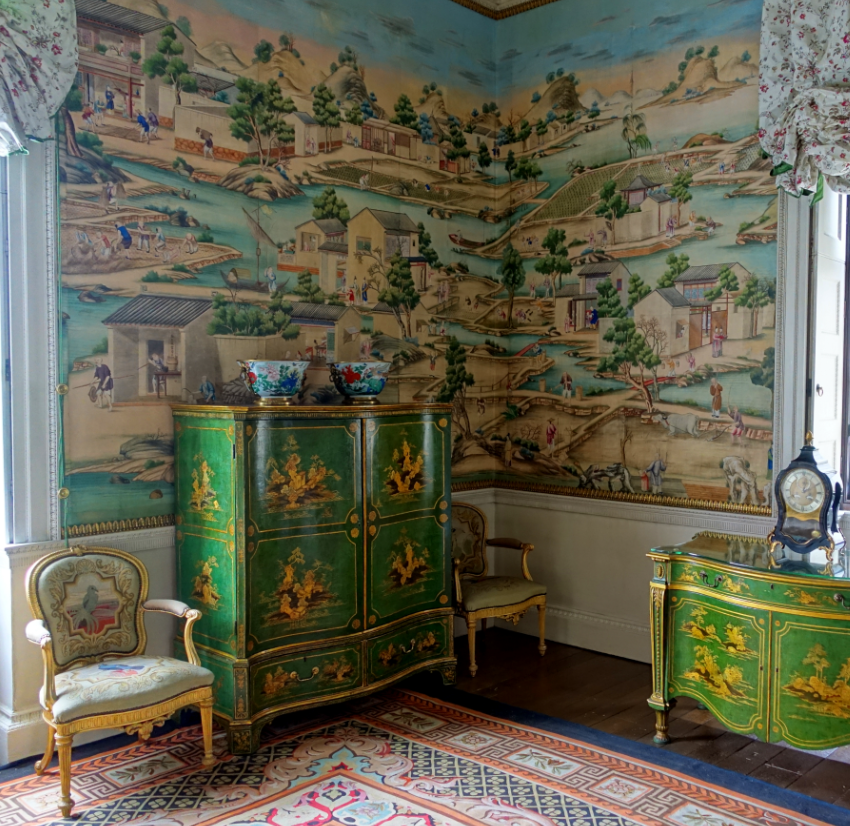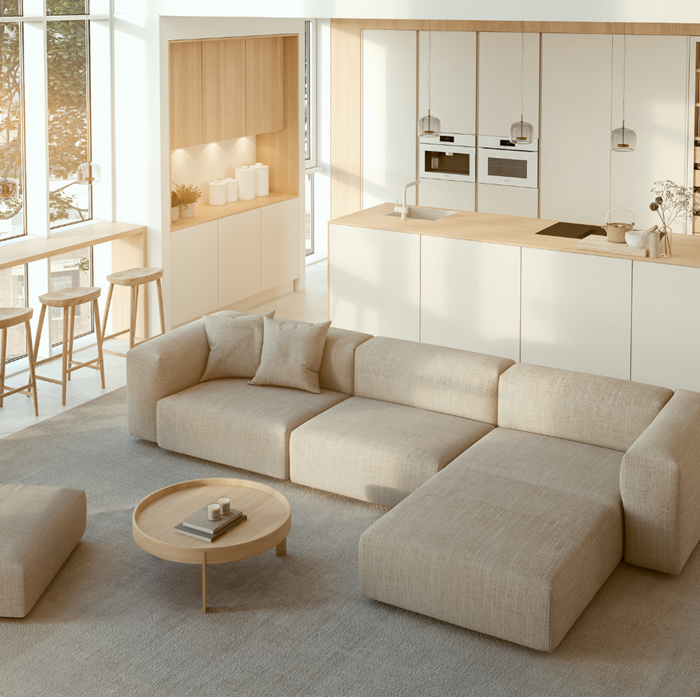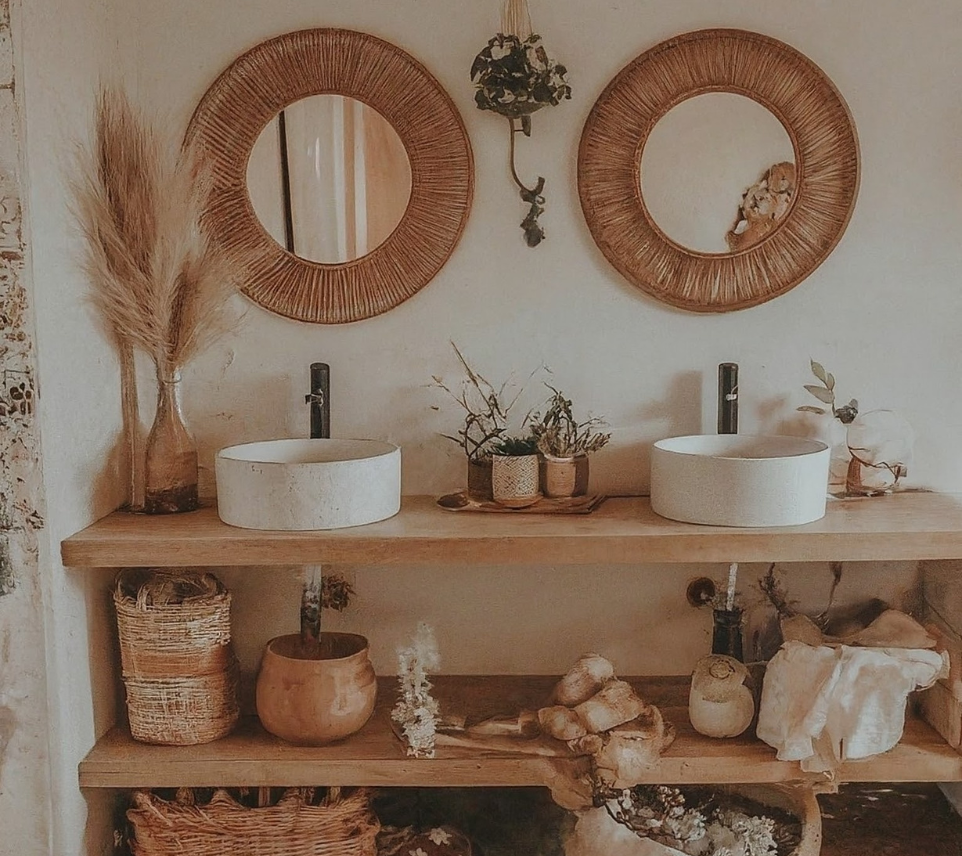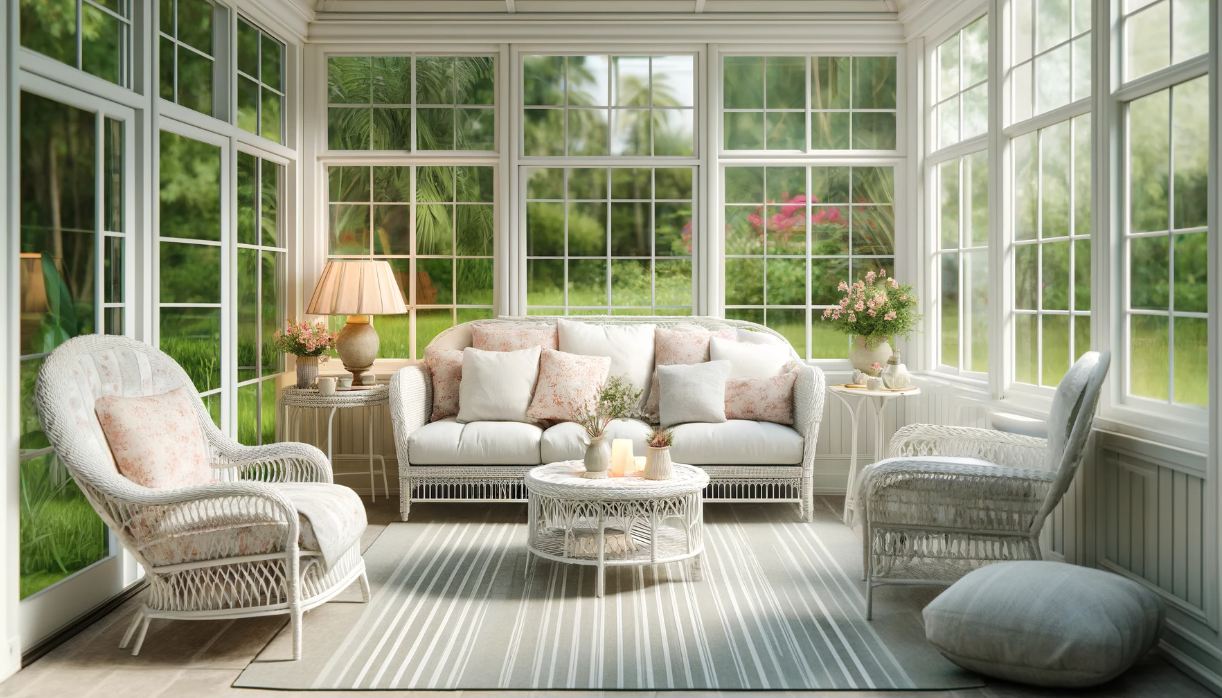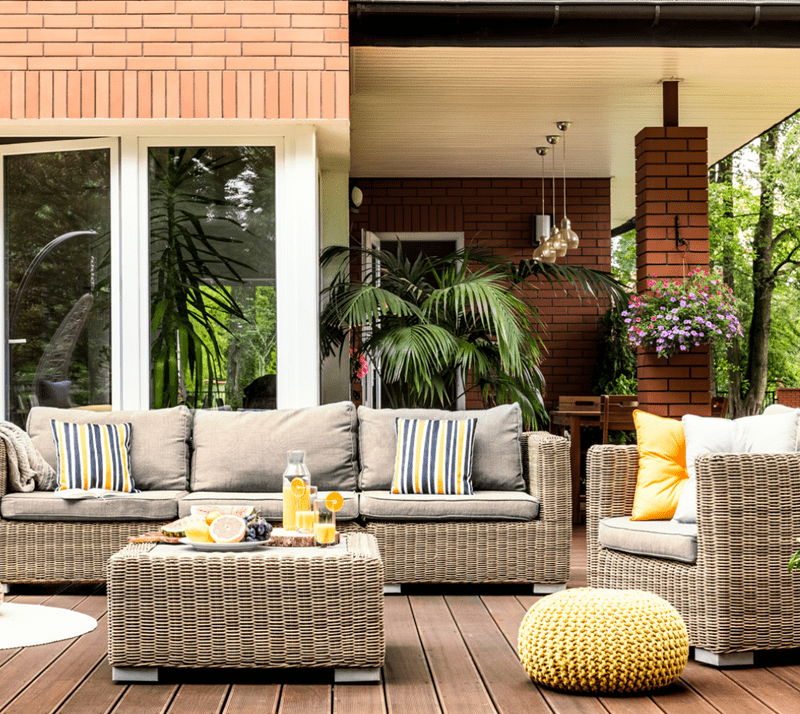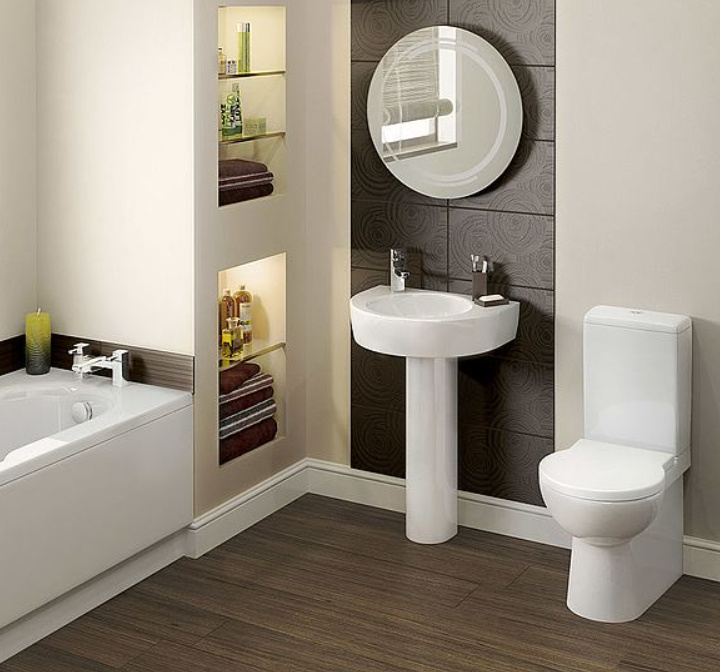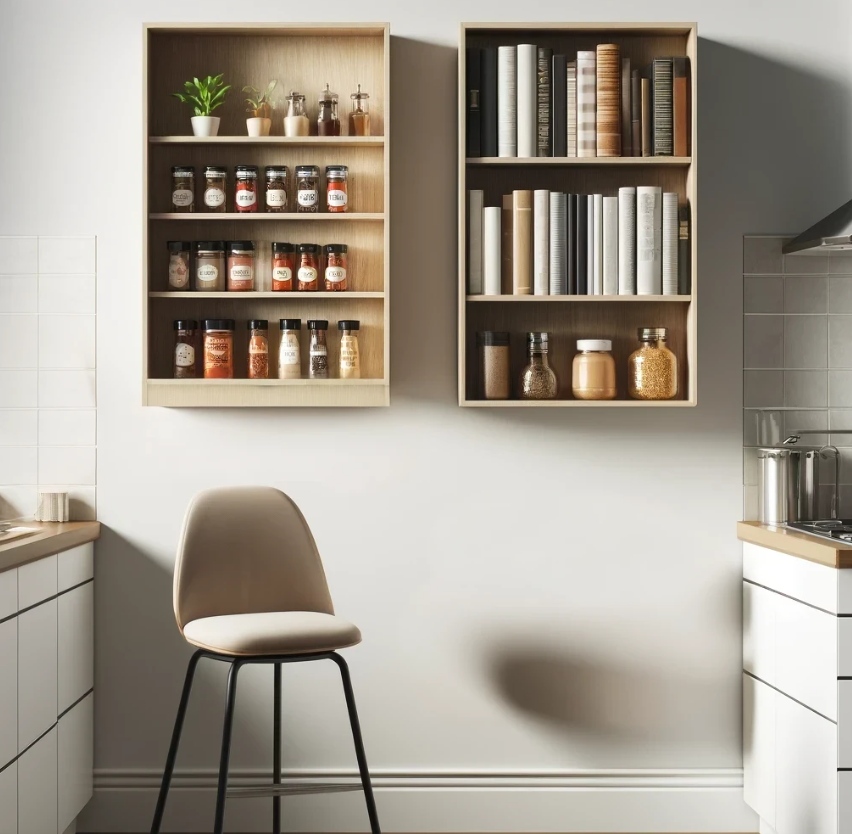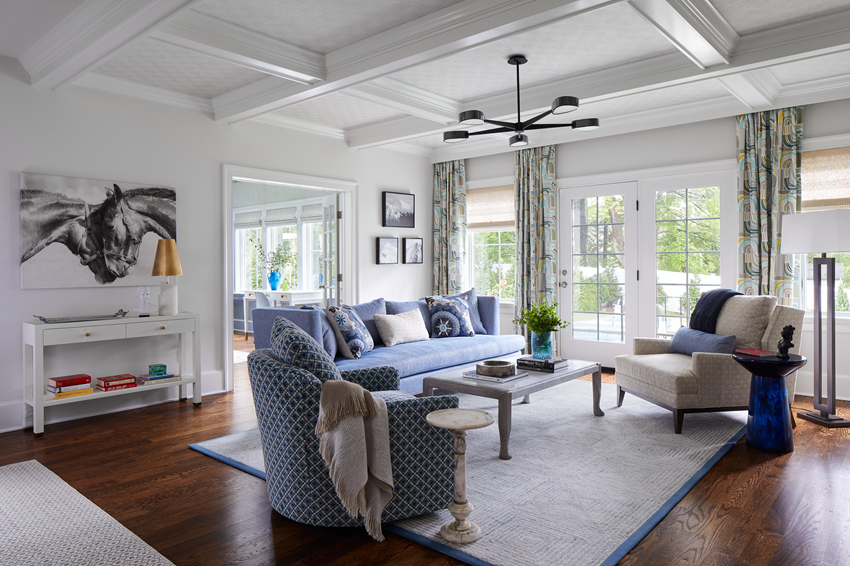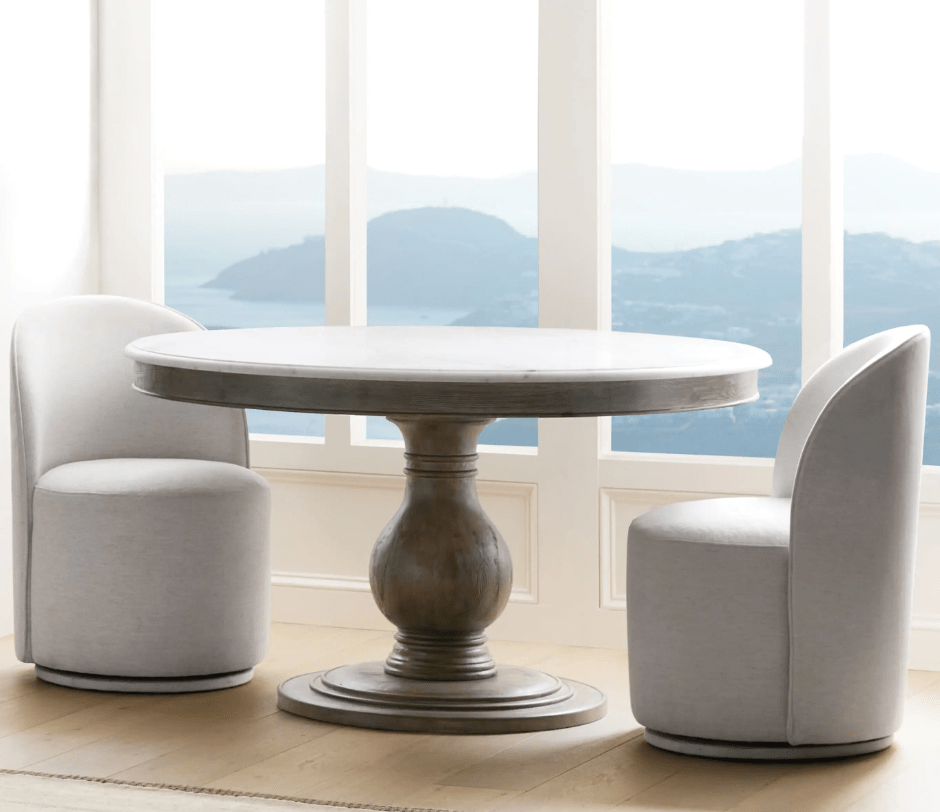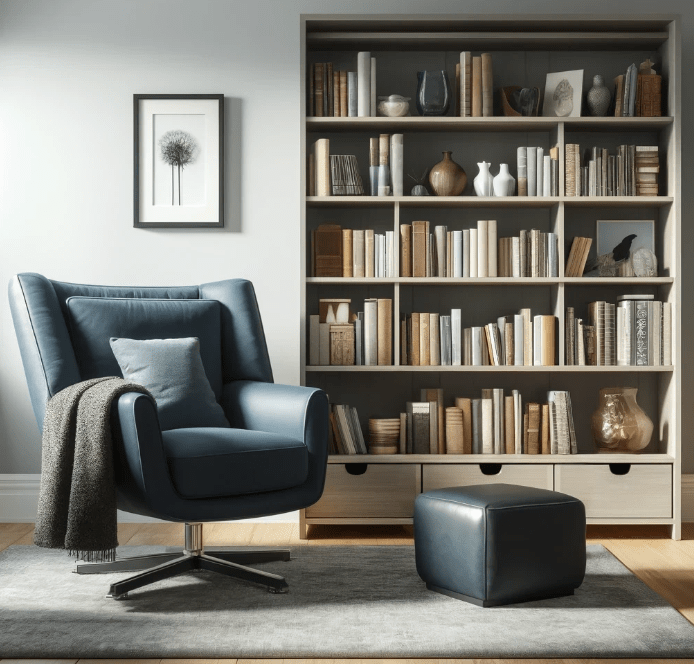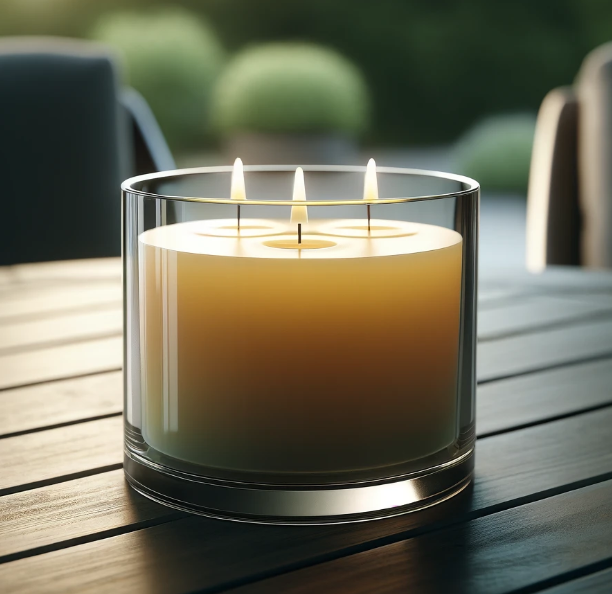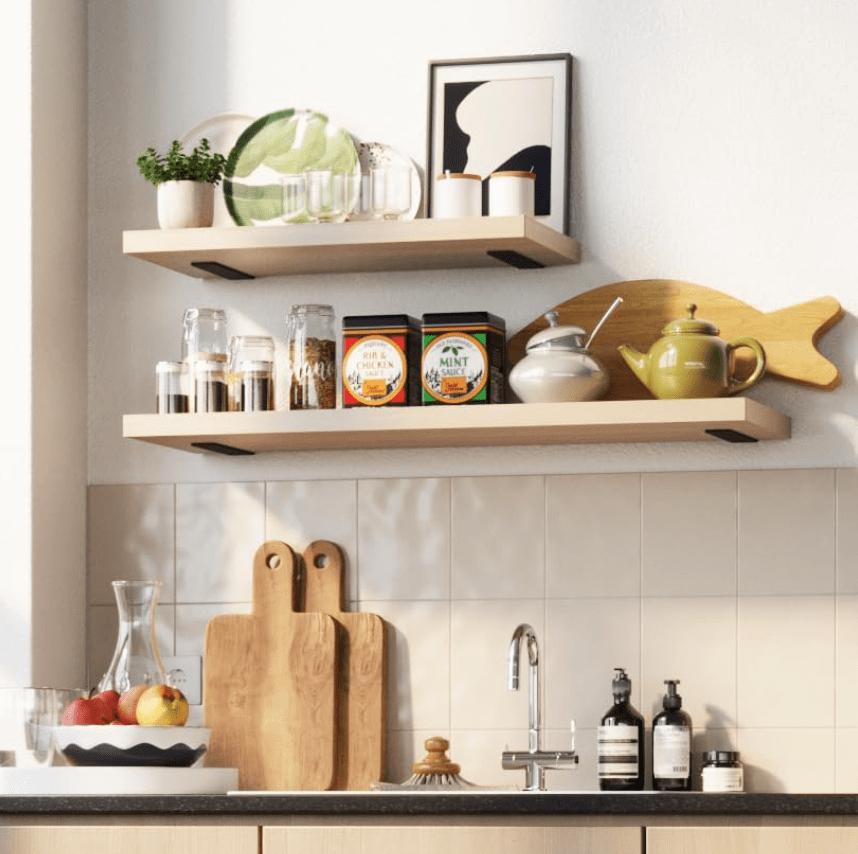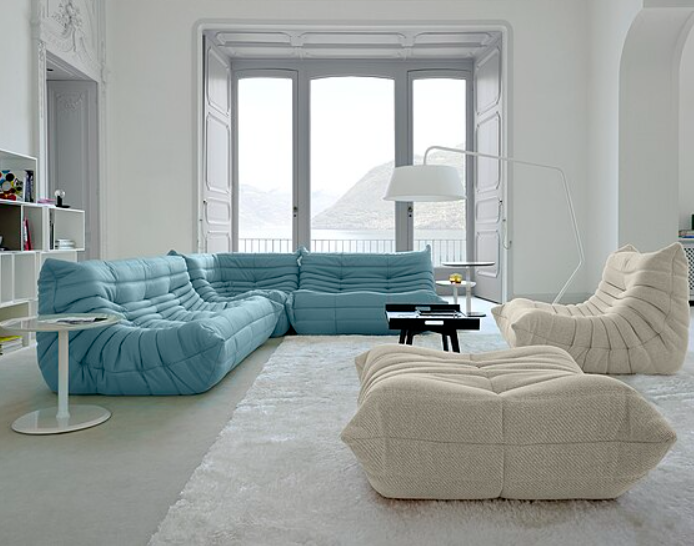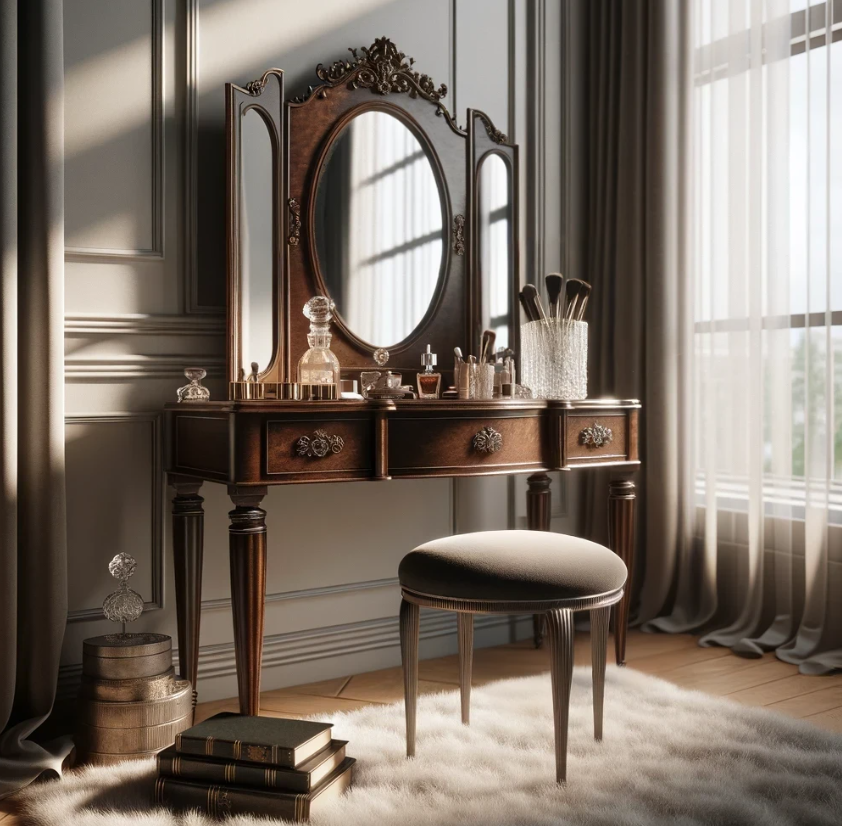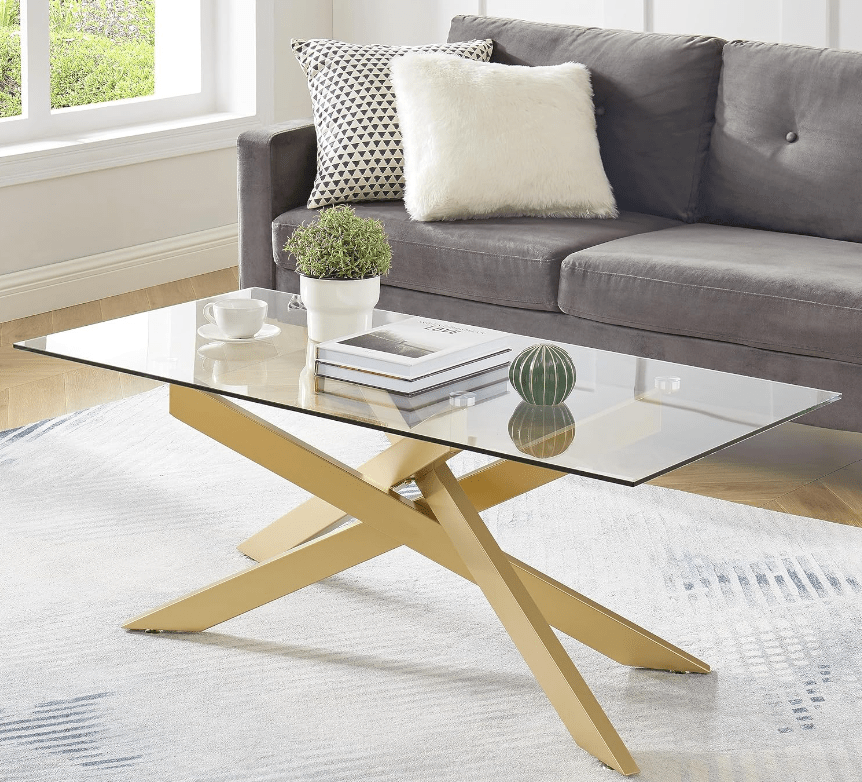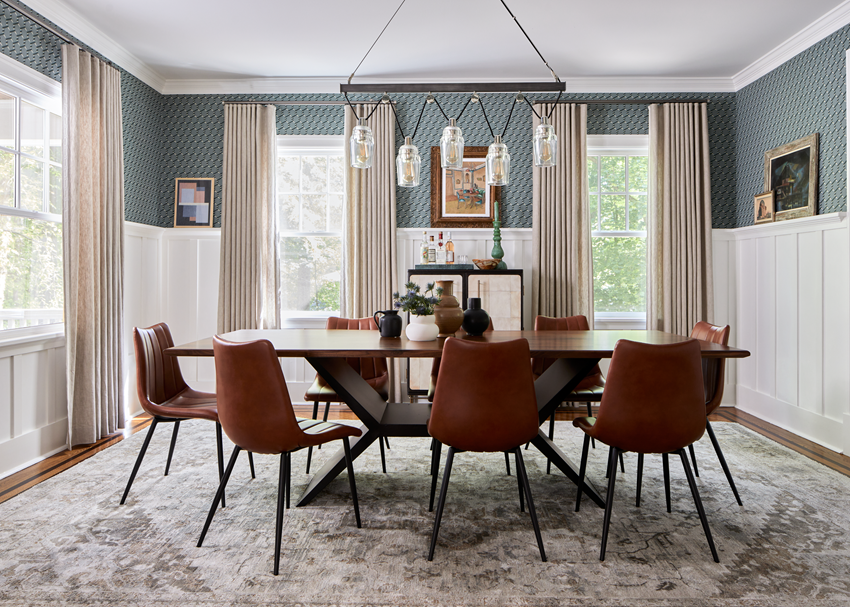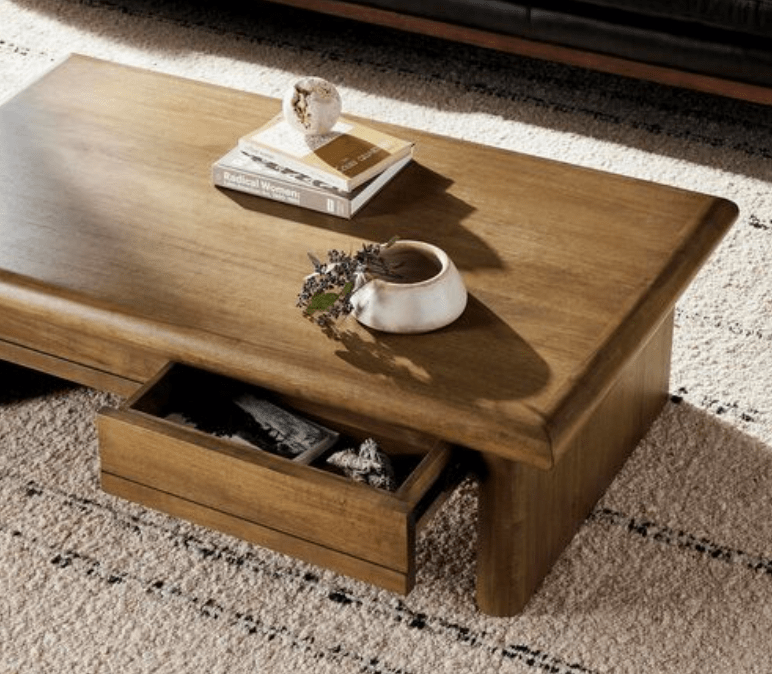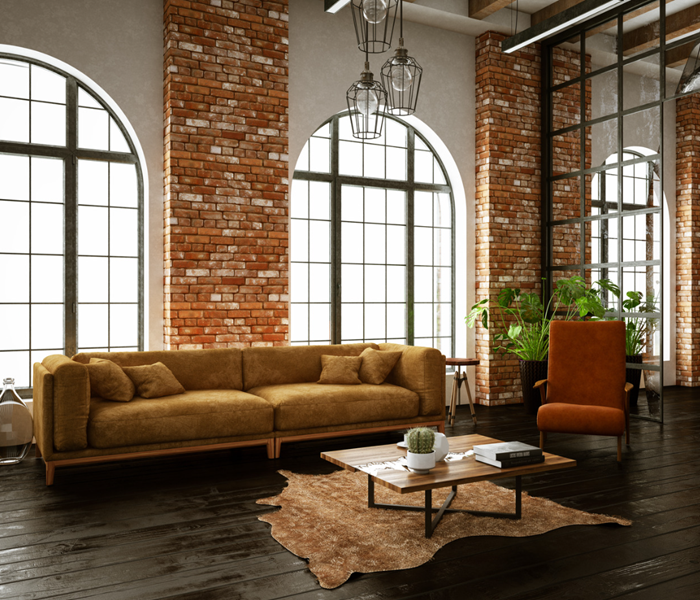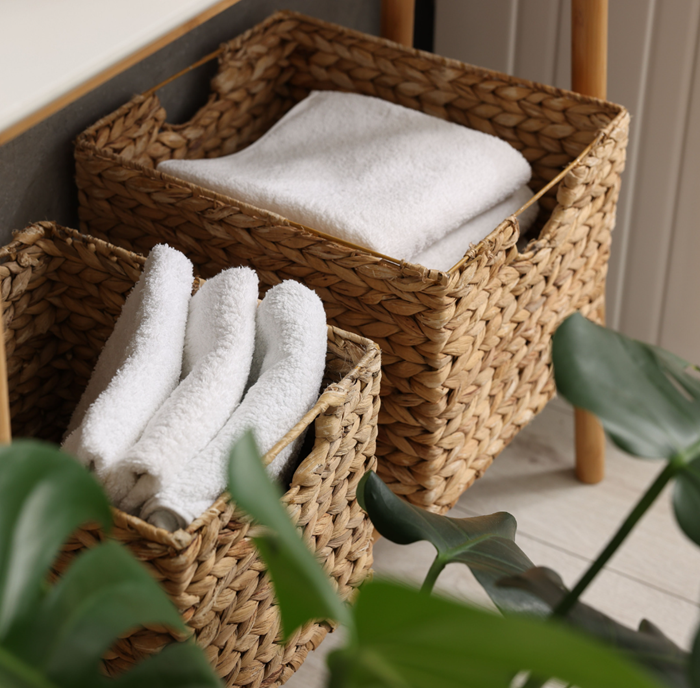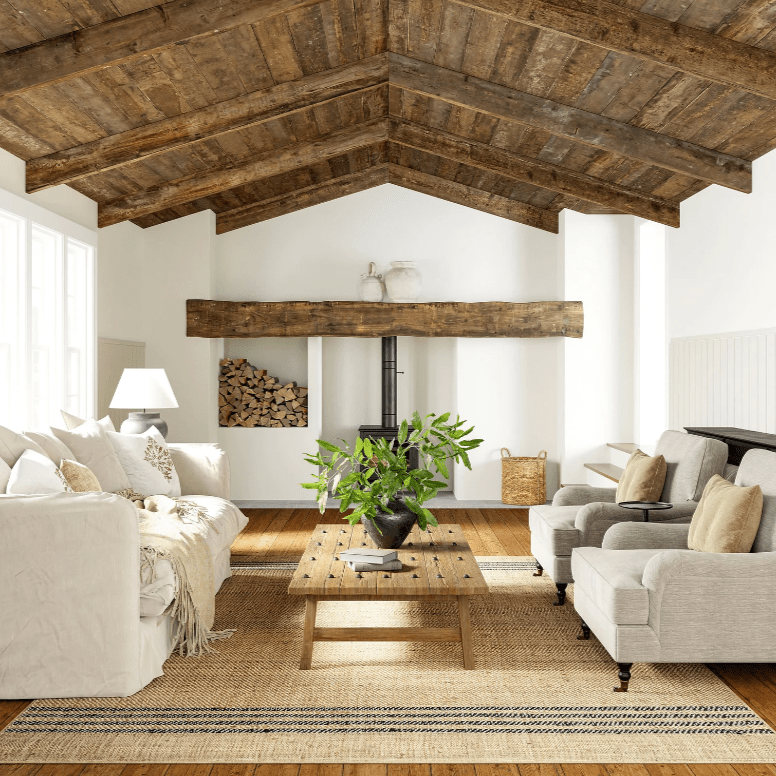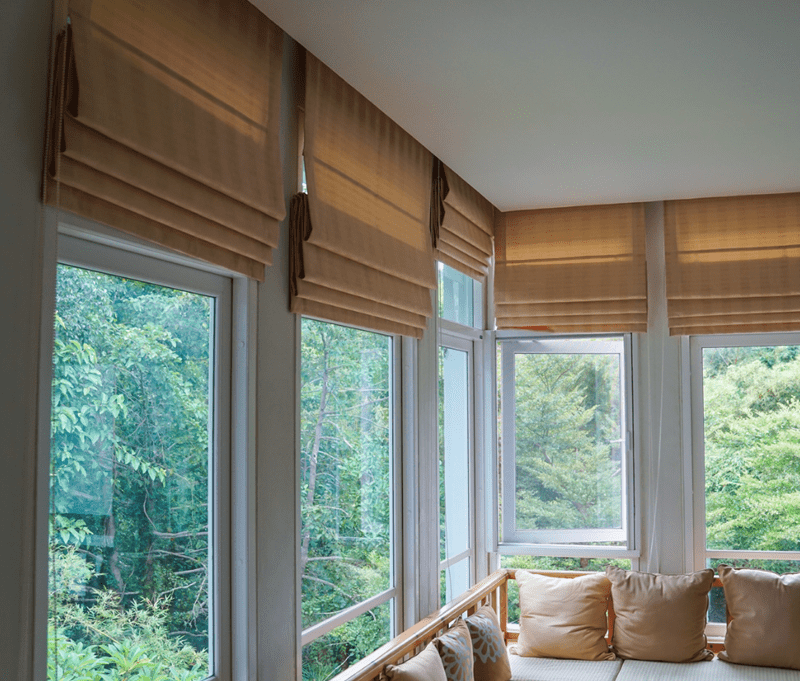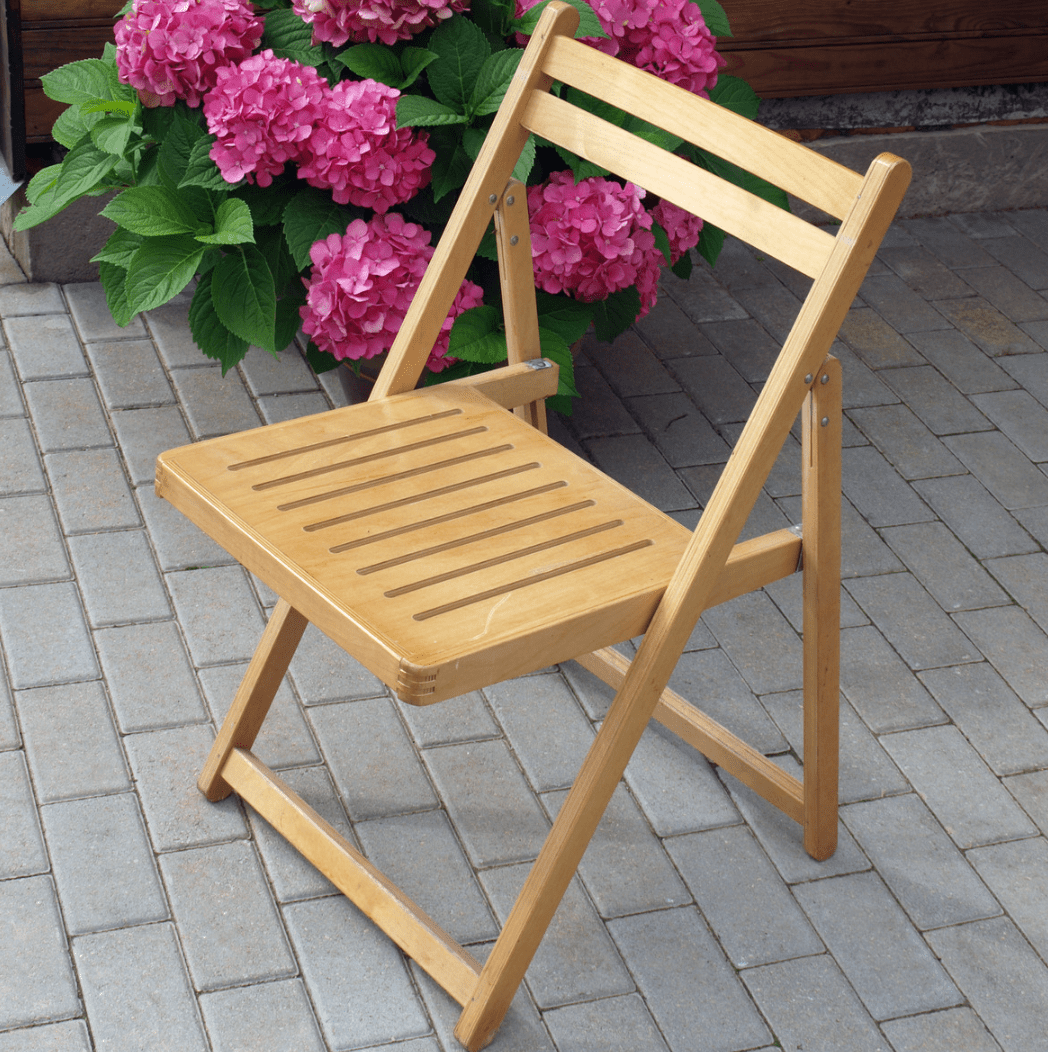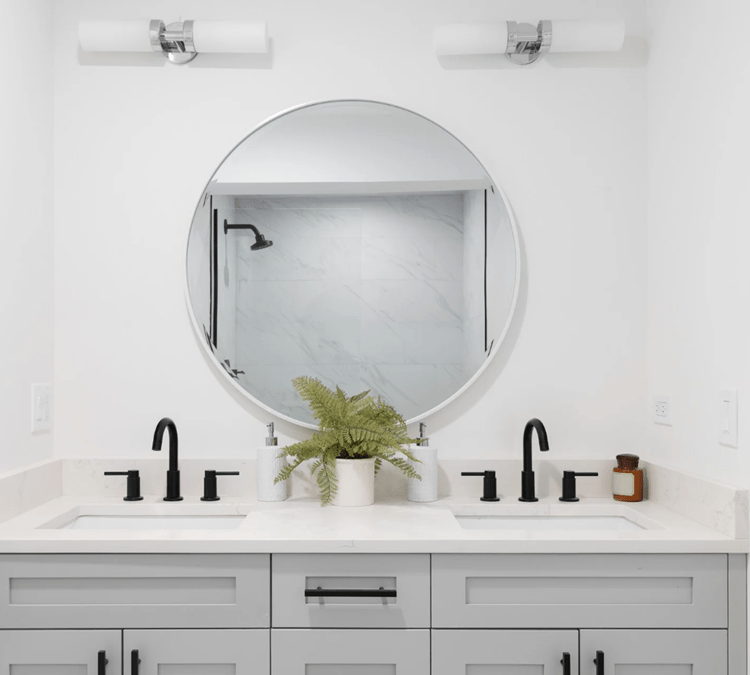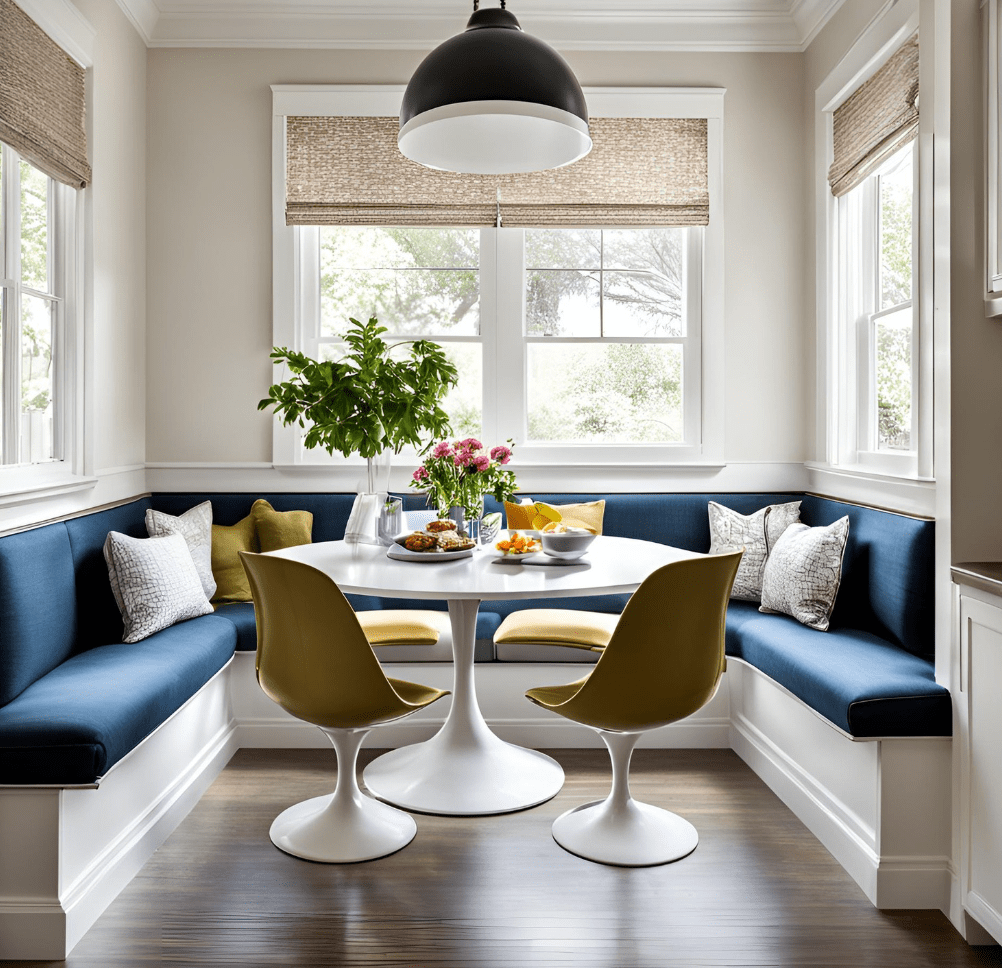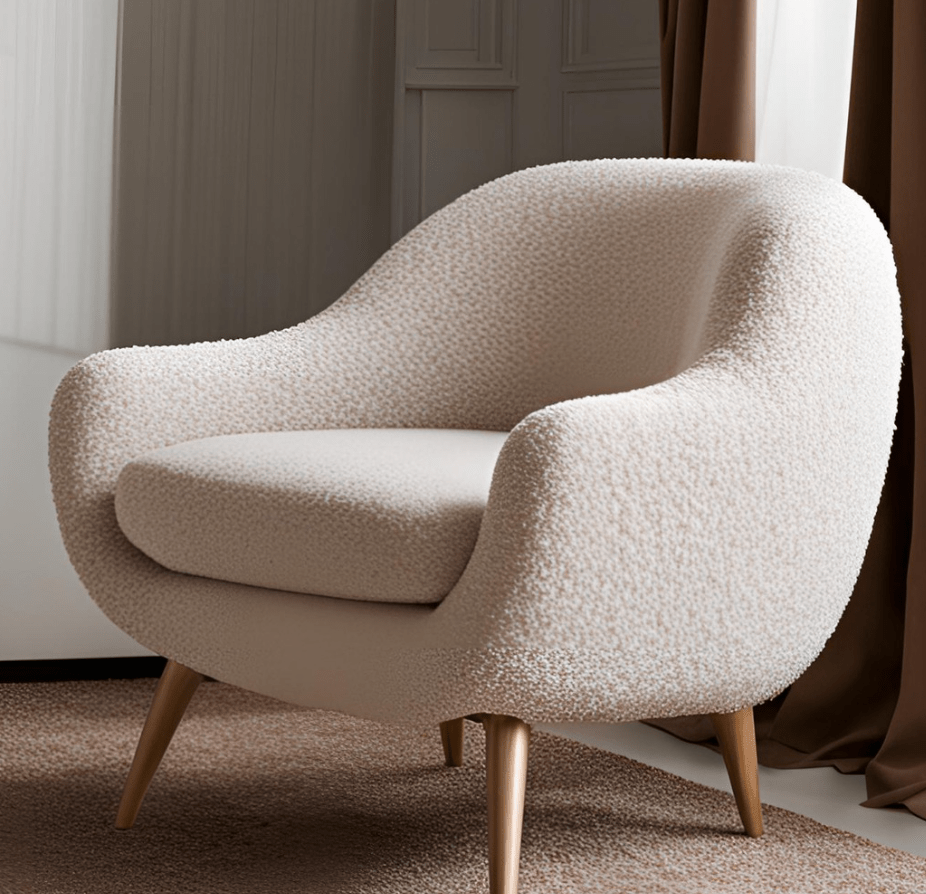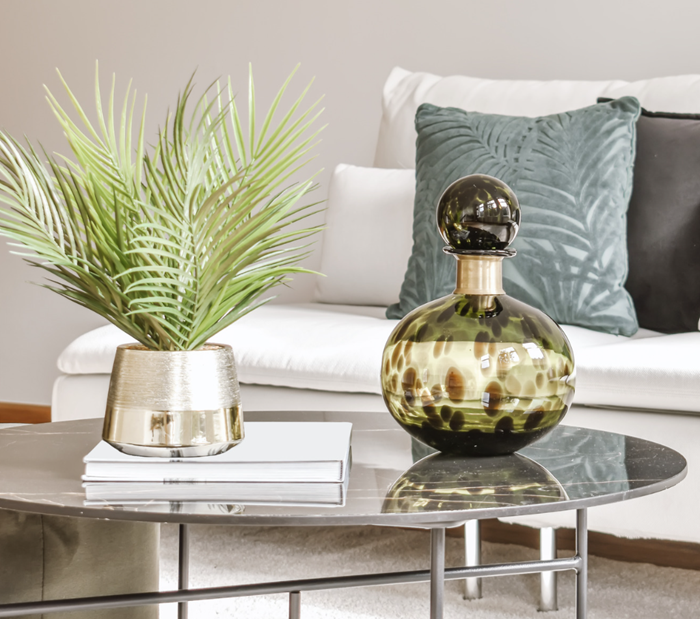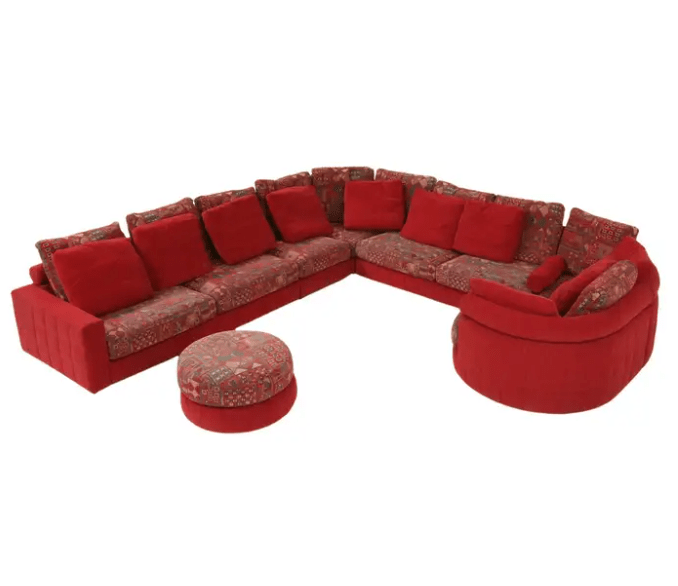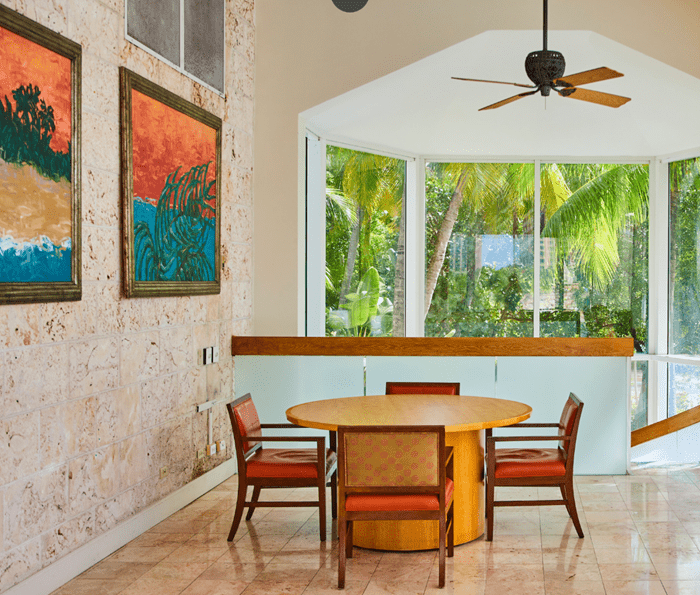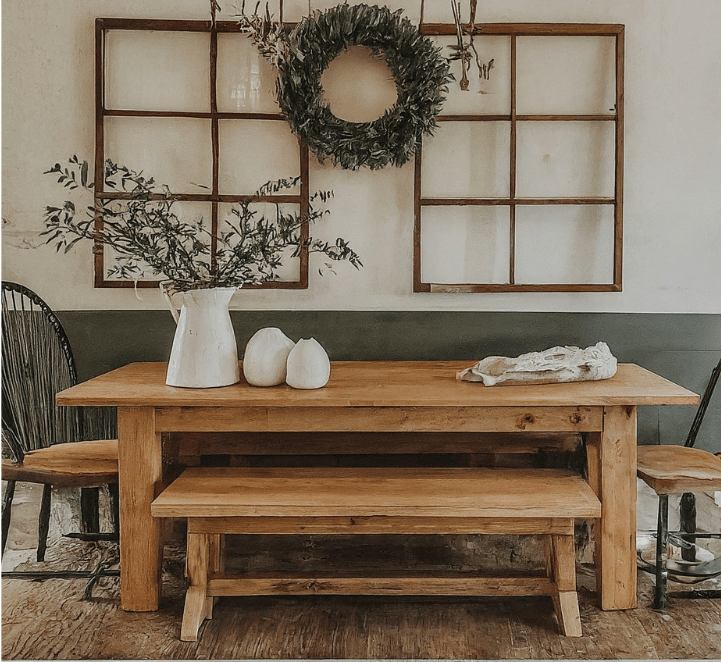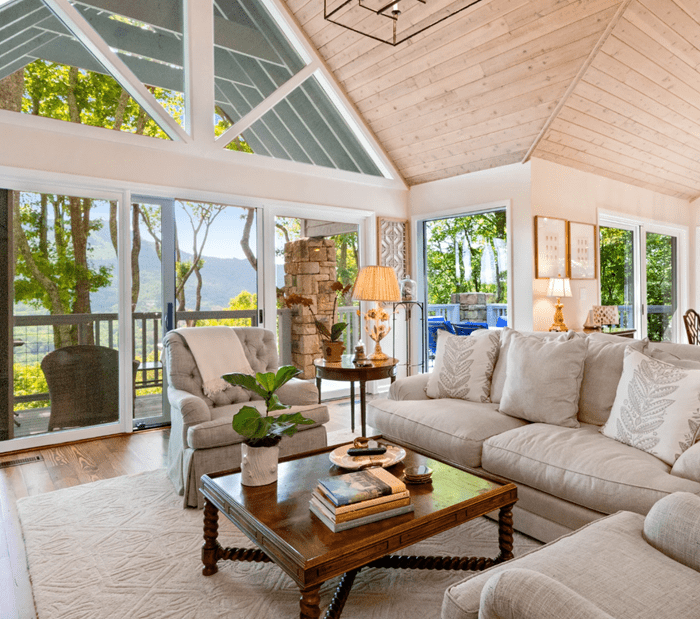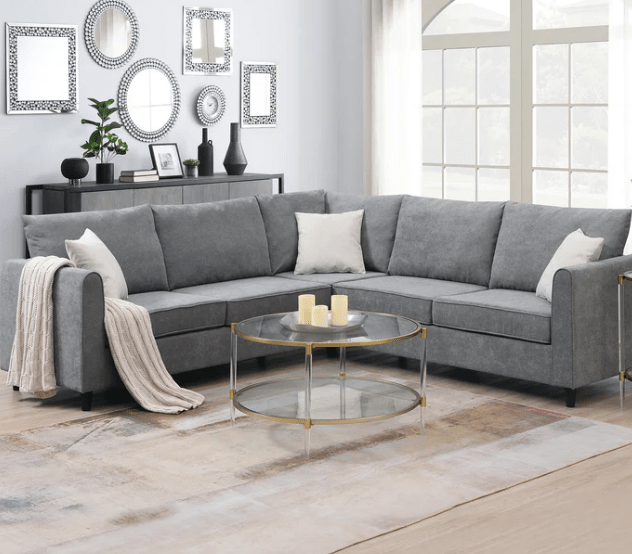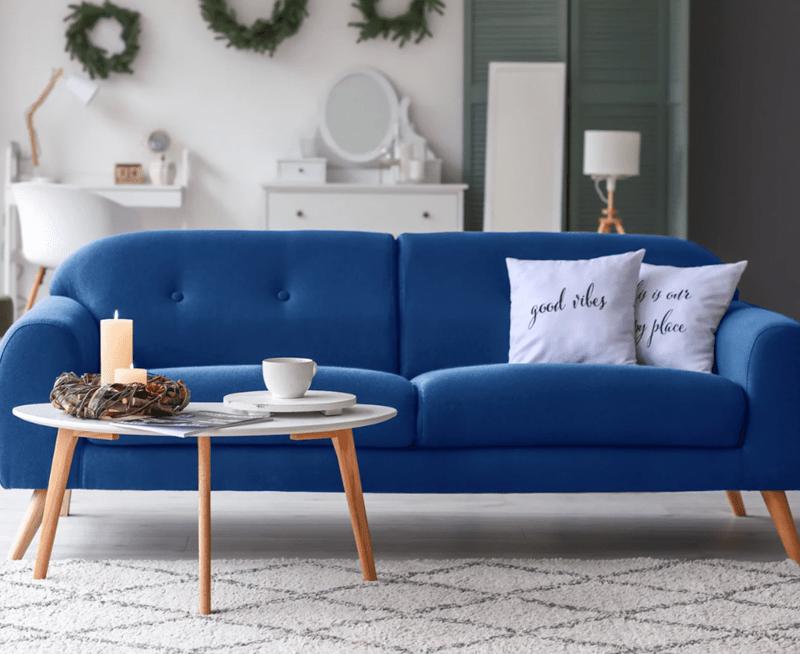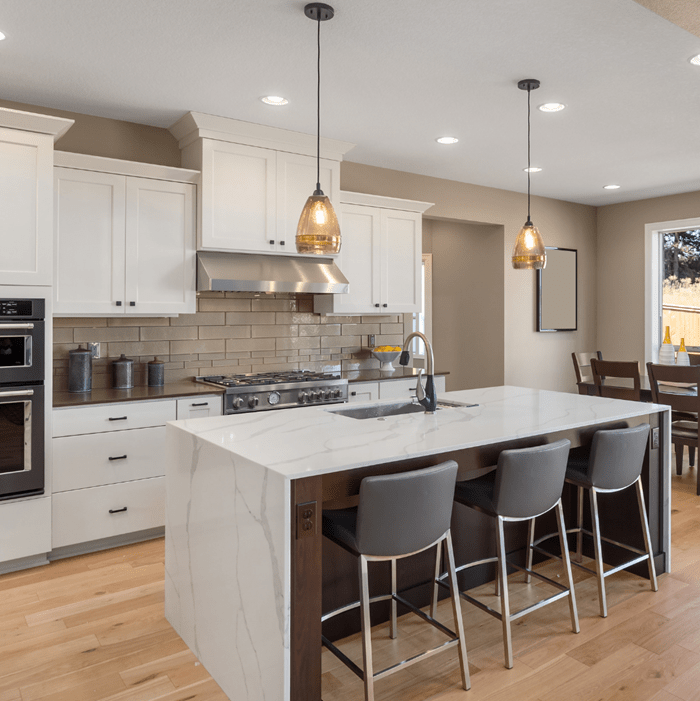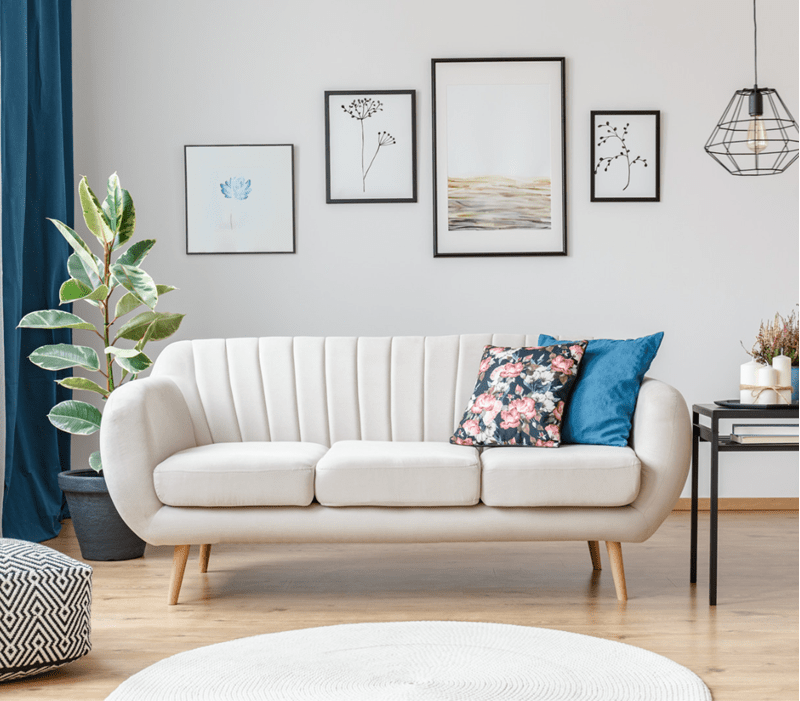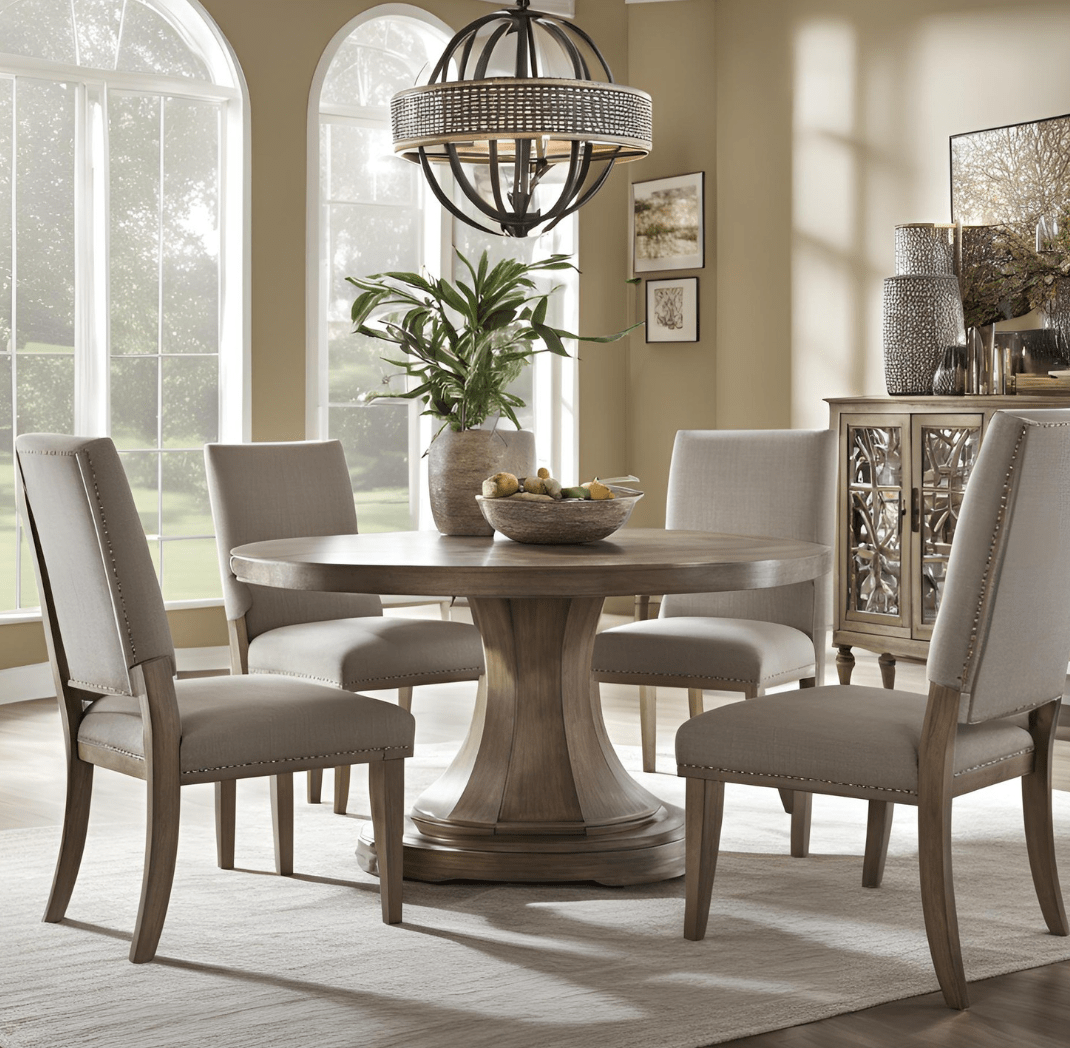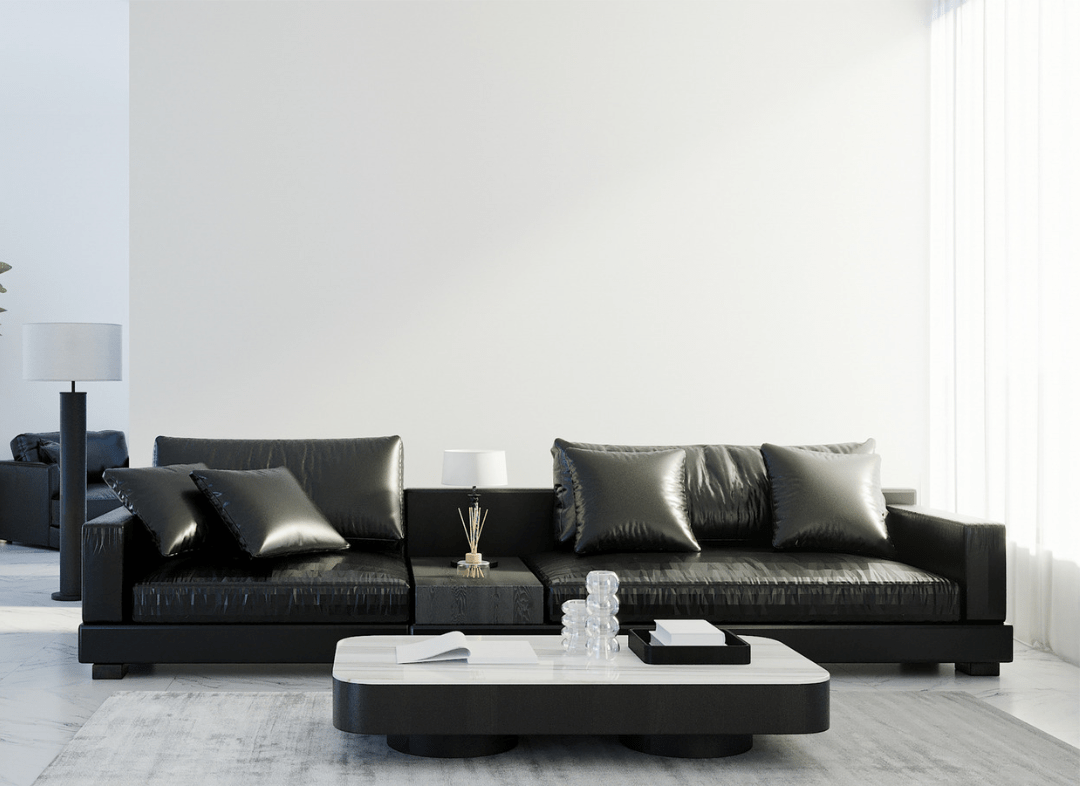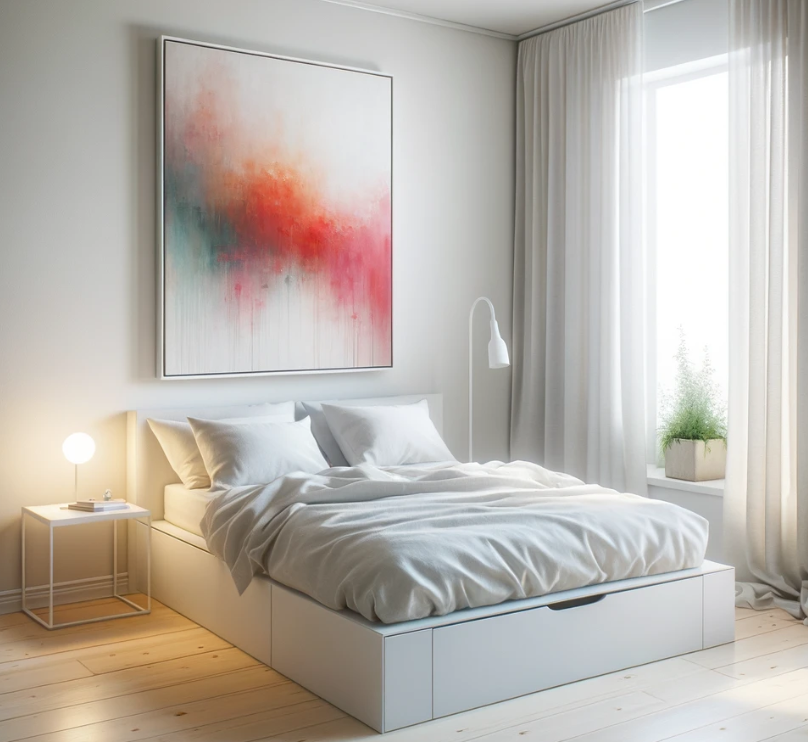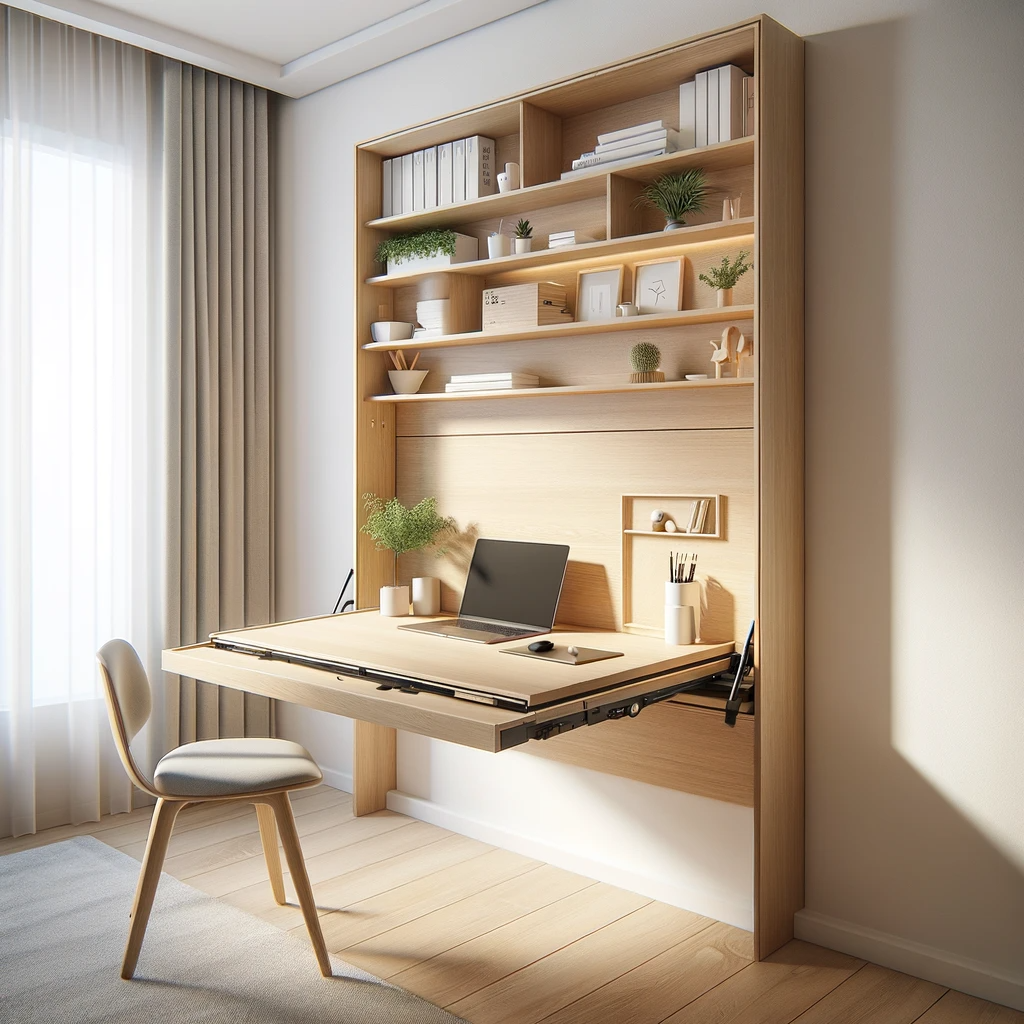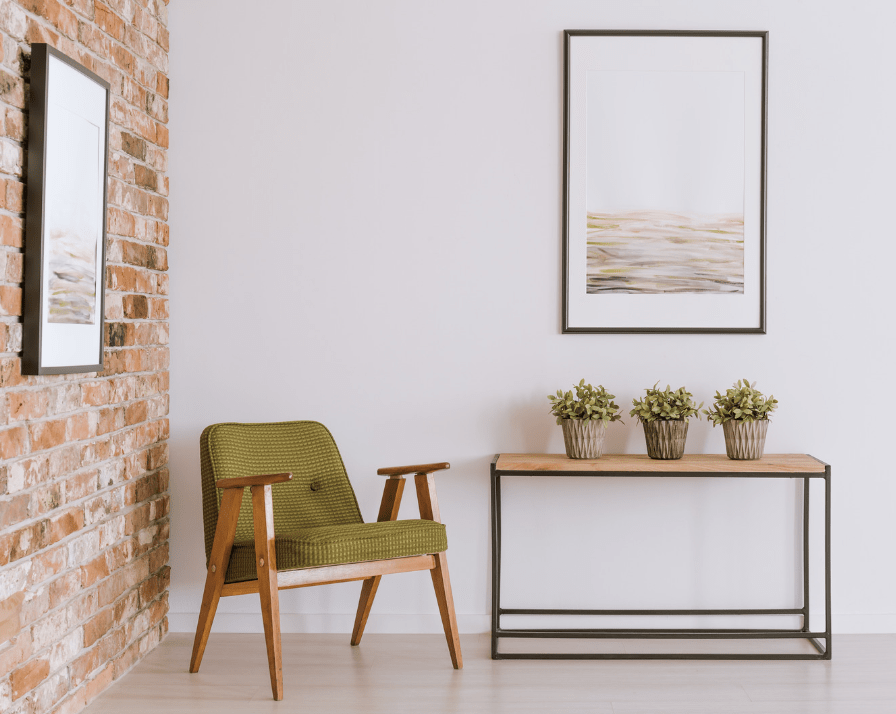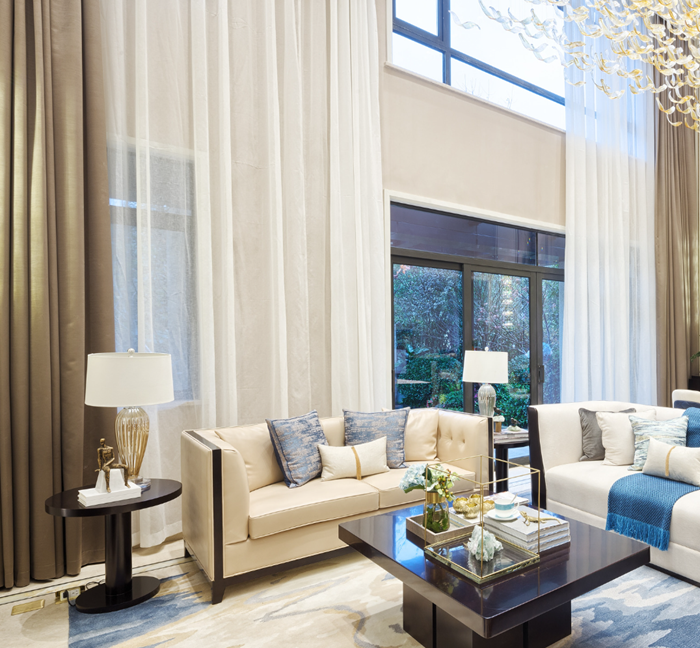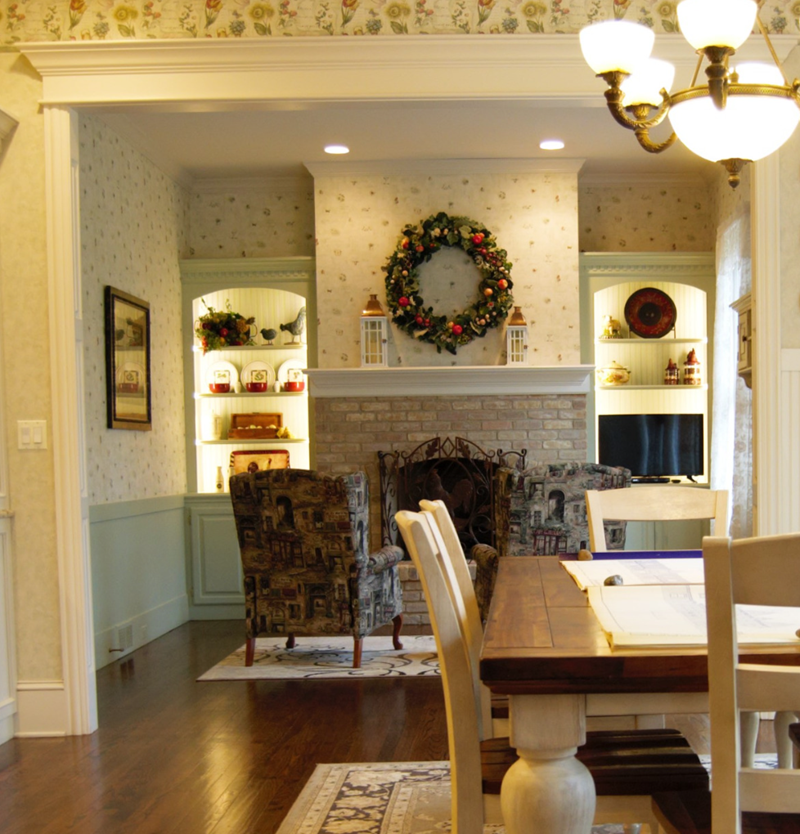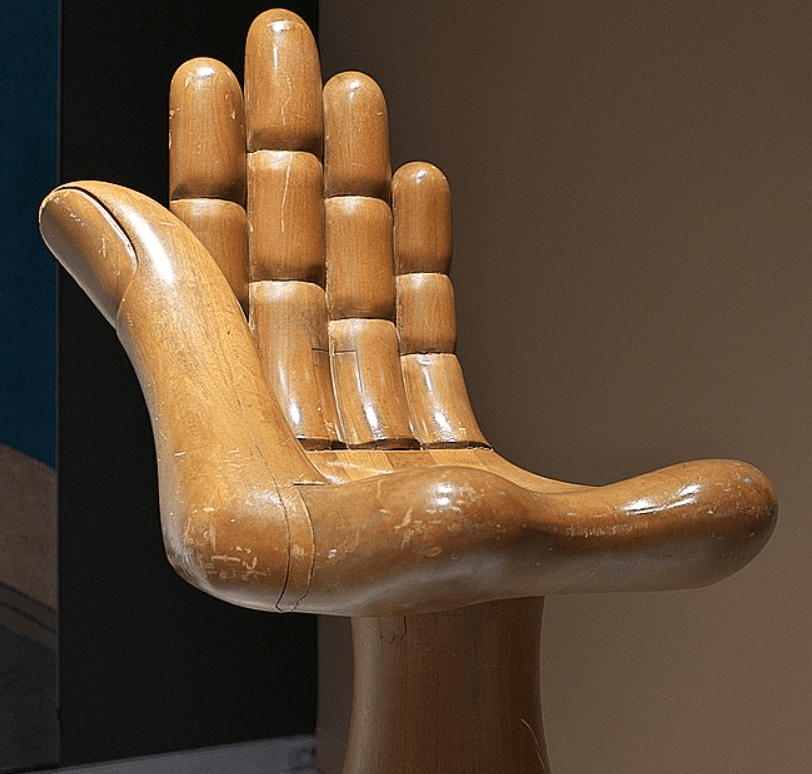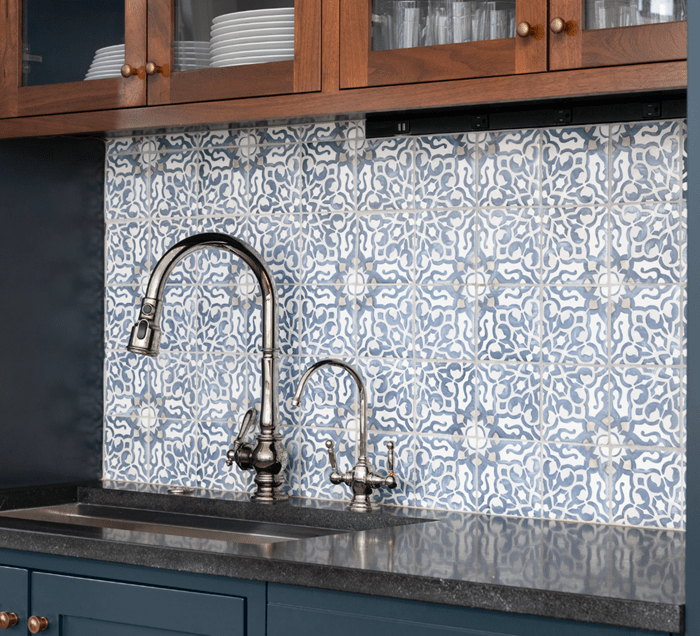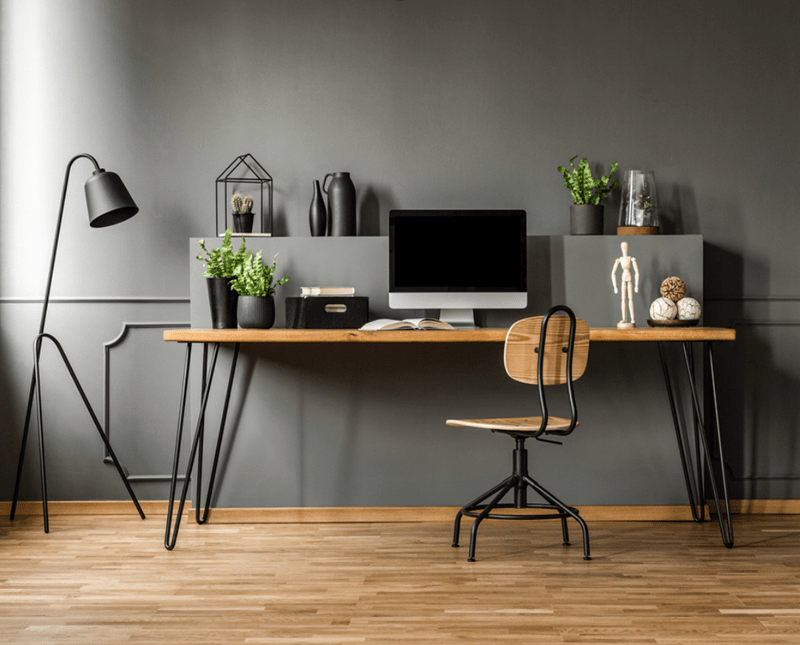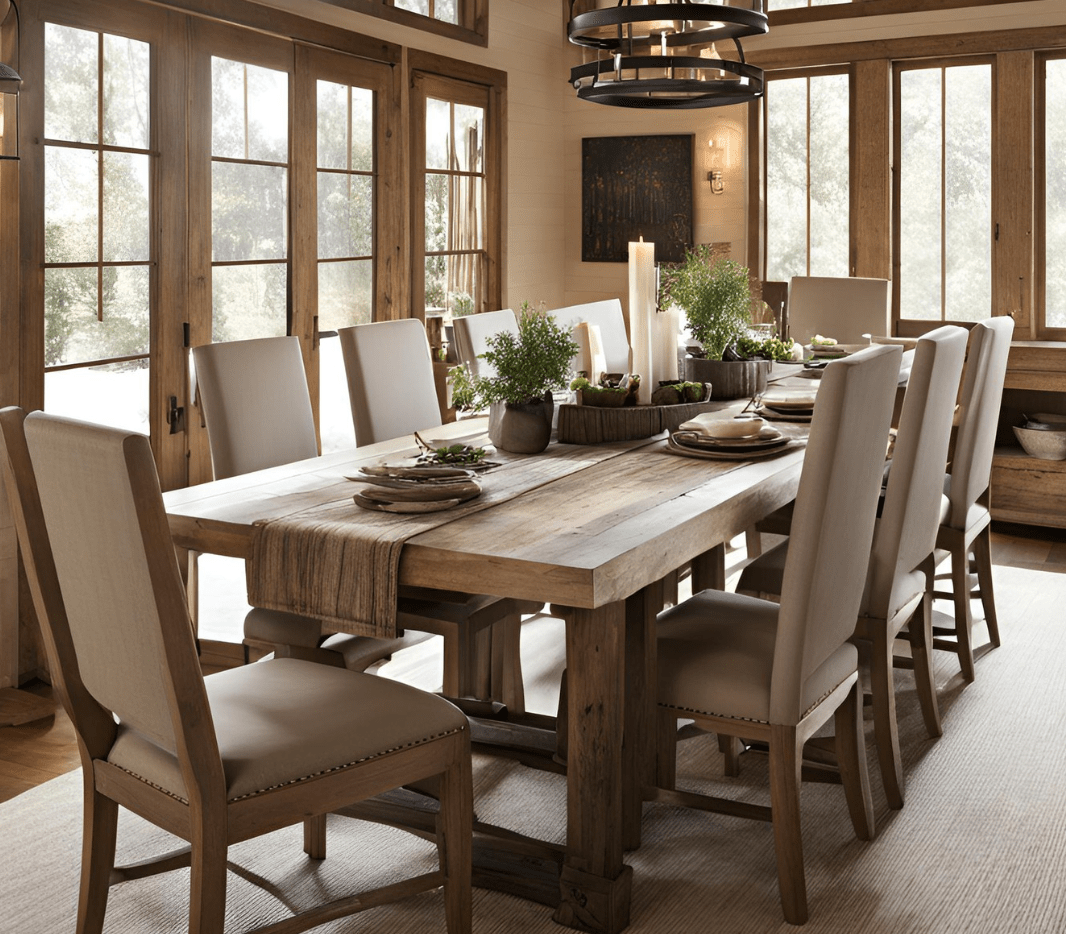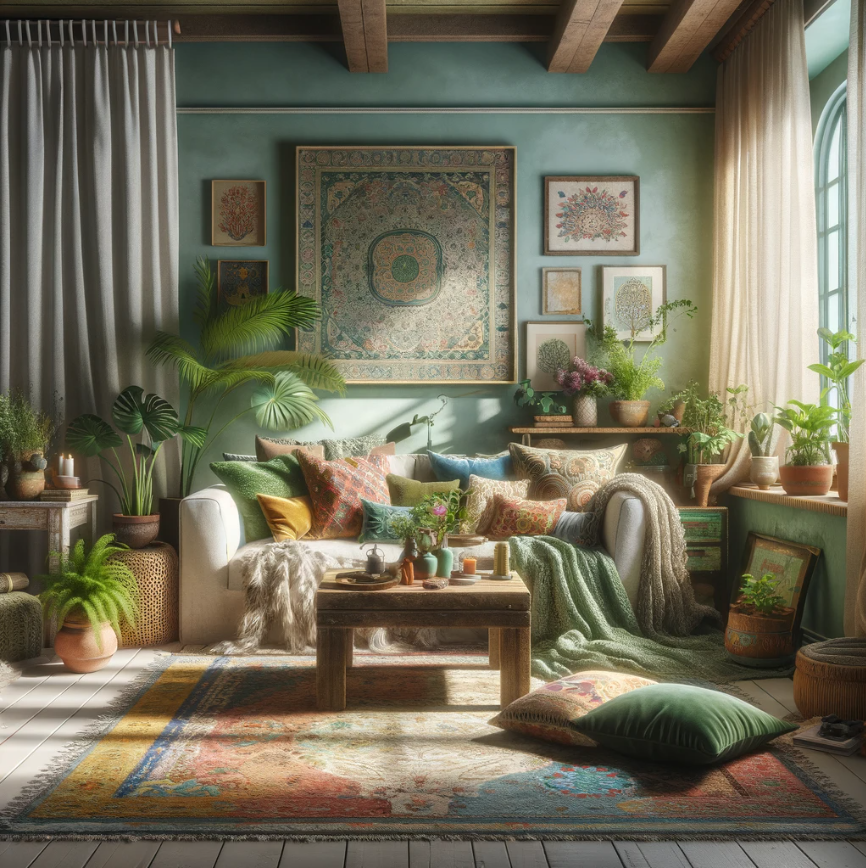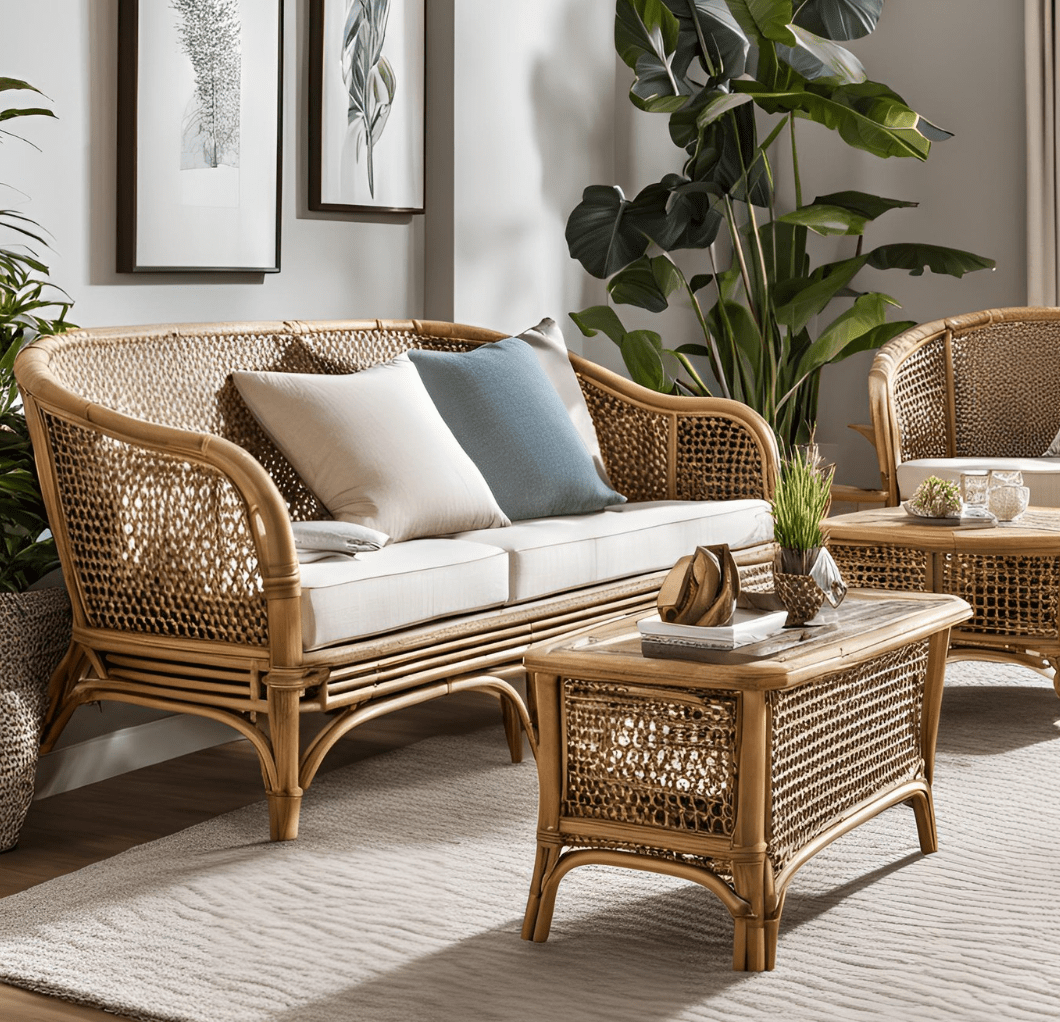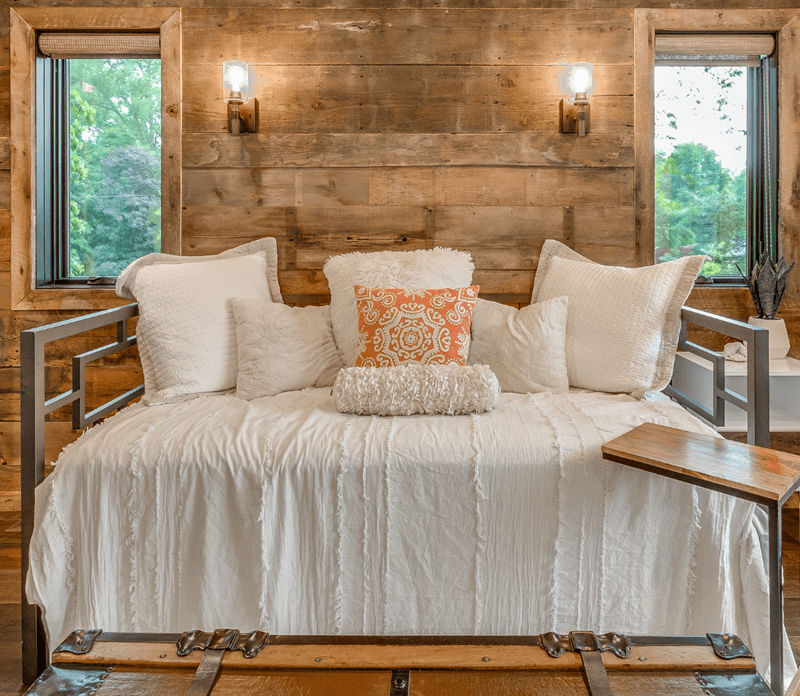Japandi Style: A Blend of Japanese and Scandinavian Design

Are you yearning for a tranquil and harmonious home? Look no further than the Japandi style—a fusion of Japanese and Scandinavian design principles that creates a serene and balanced atmosphere. We’ll explore the essence of the Japandi style and how to master it in your interior design.
Understanding the Essence of Japandi Style
Japandi style is more than just a trendy aesthetic – it embodies a way of life. Blending the best Japanese and Scandinavian design principles, it strives for simplicity, minimalism, and a deep connection to nature. At its heart lies the belief that our living spaces should be peaceful retreats that rejuvenate the mind, body, and soul.
Embracing the Japandi style means finding the delicate balance between Scandinavian design’s clean lines and functionalism and Japanese design’s Zen-like simplicity and connection to nature. It’s about creating a visually appealing and emotionally soothing space.
Blending Japanese and Scandinavian Design Principles
To achieve the Japandi style, combine Scandinavian design’s clean, minimalistic furnishings with natural materials and earthy color palettes inspired by Japanese architecture. Embrace light woods, such as birch or oak, and choose furniture with clean lines and uncluttered designs.
Consider incorporating Japanese-inspired elements like shoji screens or sliding doors to create a feel of openness and seamless flow between spaces.
Combine this with the cozy and inviting textures typically found in Scandinavian interiors, such as chunky knit blankets or sheepskin rugs, to add warmth and comfort to your home.
Creating a Harmonious Balance in Your Home
In Japandi style, less is often more. Avoid clutter and strive for simplicity in your home by carefully curating your decor pieces. Select a few high-quality, handcrafted items that bring you joy and add personal meaning to your space. For example, a hand-painted ceramic vase from Japan or a hand-carved wooden sculpture from Scandinavia can serve as focal points that reflect your appreciation for both cultures.
Create a harmonious balance by embracing negative space and allowing your furniture and decor to breathe. This will help create a calming and uncluttered atmosphere where you can unwind and find respite from the chaos of the outside world. Additionally, consider incorporating natural elements such as indoor plants or a small Zen garden to bring a sense of tranquility and connection to nature into your home.
Furthermore, the Japandi style encourages a mindful approach to living. Incorporate elements of mindfulness into your daily routine, such as practicing meditation or enjoying a cup of tea in a serene corner of your home. This will elevate the overall ambiance of your space and promote a sense of inner peace and well-being.
Light and Airy Japandi Living Room Ideas
Incorporating Sustainability in Your Living Space
Sustainability is a crucial aspect of Japandi style. Opt for furniture made from natural and eco-friendly materials, such as natural cane, bamboo, or reclaimed wood. Choose fabrics and upholstery free from harmful chemicals and support ethically sourced products. To bring the element of sustainability to your living room, consider adding indoor plants. Not only do they purify the air, but they also bring nature indoors, creating a sense of tranquility and harmony.
Another way to incorporate sustainability into your Japandi living room is by investing in quality pieces built to last. By choosing durable furniture and decor items, you can reduce waste and create an environmentally conscious and stylish space.
Selecting a Serene and Cozy Color Scheme
When selecting a color scheme for your Japandi living room, aim for a serene and cozy atmosphere. Earthy neutrals like warm grays, soft beiges, and muted greens create a calming environment. Add pops of muted pastels, such as blush pink or pale blue, to add a touch of Scandinavian lightness. These colors will help brighten your space while maintaining a sense of tranquility.
Layering different textures, such as wool, linen, rattan, and water hyacinth, can also enhance the cozy and inviting feel of your Japandi living room. Mix and match textiles to create depth and visual interest while staying true to the minimalist and natural elements of the design style.
Creating a Cozy Japandi Bedroom Retreat
Your bedroom is your haven – a place for rest and rejuvenation. Infusing your bedroom with Japandi style will create a cozy retreat that promotes relaxation and tranquility.
Infusing Comfort Into Your Sleeping Space
A comfortable bed is crucial to a restful night’s sleep. Invest in a high-end mattress and bedding that provide both support and softness. Choose natural fibers, such as organic cotton or linen, for a breathable and comfy sleep environment.
Add layers of cozy blankets and textured pillows to create a sense of warmth and comfort. Embrace the Japanese wabi-sabi aesthetic, finding beauty in imperfections by incorporating handmade ceramics or imperfectly textured fabrics into your bedroom decor.
Mixing and Matching Textures for Visual Interest
Texture plays a vital role in the Japandi style. Mix and match different textures to add depth and visual interest to your bedroom. Pair smooth, light woods with soft textiles like fluffy rugs or woven baskets. Add a comfortable chair upholstered in a tactile fabric to create a cozy reading nook. The juxtaposition of materials will enhance your bedroom’s visual appeal and create a sensory experience that promotes relaxation.
Serene and Stylish Japandi Bathroom Ideas
Transform your bathroom into a serene and stylish haven with Japandi-inspired ideas that create a calm and relaxing atmosphere.
Layering Neutral Tones for a Calming Effect
Neutral tones are key in achieving a calming effect in your bathroom. Opt for a palette of soft whites, warm grays, and muted beiges to create a tranquil ambiance. Incorporate contrasting textures like smooth ceramic tiles and natural stone accents to add visual interest. These subtle variations create a soothing and harmonious backdrop for relaxation and self-care.

Japandi style bathroom
Embrace the Simplicity, Balance, and Connection to Nature
You now have the knowledge and inspiration to master the Japandi style in your home. Embrace this style’s simplicity, balance, and connection to nature, and create a Japandi-inspired home that embodies peace and tranquility.
FAQs
What is Japandi style in interior design?
- Japandi style is a fusion of Japanese and Scandinavian design principles, focusing on simplicity, minimalism, and a deep connection to nature. It aims to create serene, balanced living spaces that are both visually appealing and emotionally soothing.
How can I achieve Japandi style in my home?
- To achieve Japandi style, combine clean, minimalistic Scandinavian furnishings with natural materials and earthy color palettes inspired by Japanese design. Incorporate elements like light woods, shoji screens, and cozy textures while avoiding clutter to maintain simplicity.
What colors are best for a Japandi-inspired interior?
- For a Japandi-inspired interior, opt for earthy neutrals such as warm grays, soft beiges, and muted greens. Adding subtle pops of muted pastels like blush pink or pale blue can enhance the Scandinavian lightness while maintaining a calming atmosphere.
How can I incorporate sustainability into Japandi design?
- Incorporate sustainability into Japandi design by choosing furniture made from natural and eco-friendly materials like bamboo or reclaimed wood. Use fabrics that are free from harmful chemicals and support ethically sourced products. Adding indoor plants also promotes sustainability and a connection to nature.
What are some key elements to include in a Japandi bedroom?
- Key elements for a Japandi bedroom include a comfortable bed with high-quality, natural fiber bedding, cozy blankets, and textured pillows. Mix and match different textures, such as smooth woods with fluffy rugs and woven baskets, to create depth and visual interest while maintaining a tranquil atmosphere.
The Curated Showhouse
Our content is written by our team of experienced interior design experts.


















